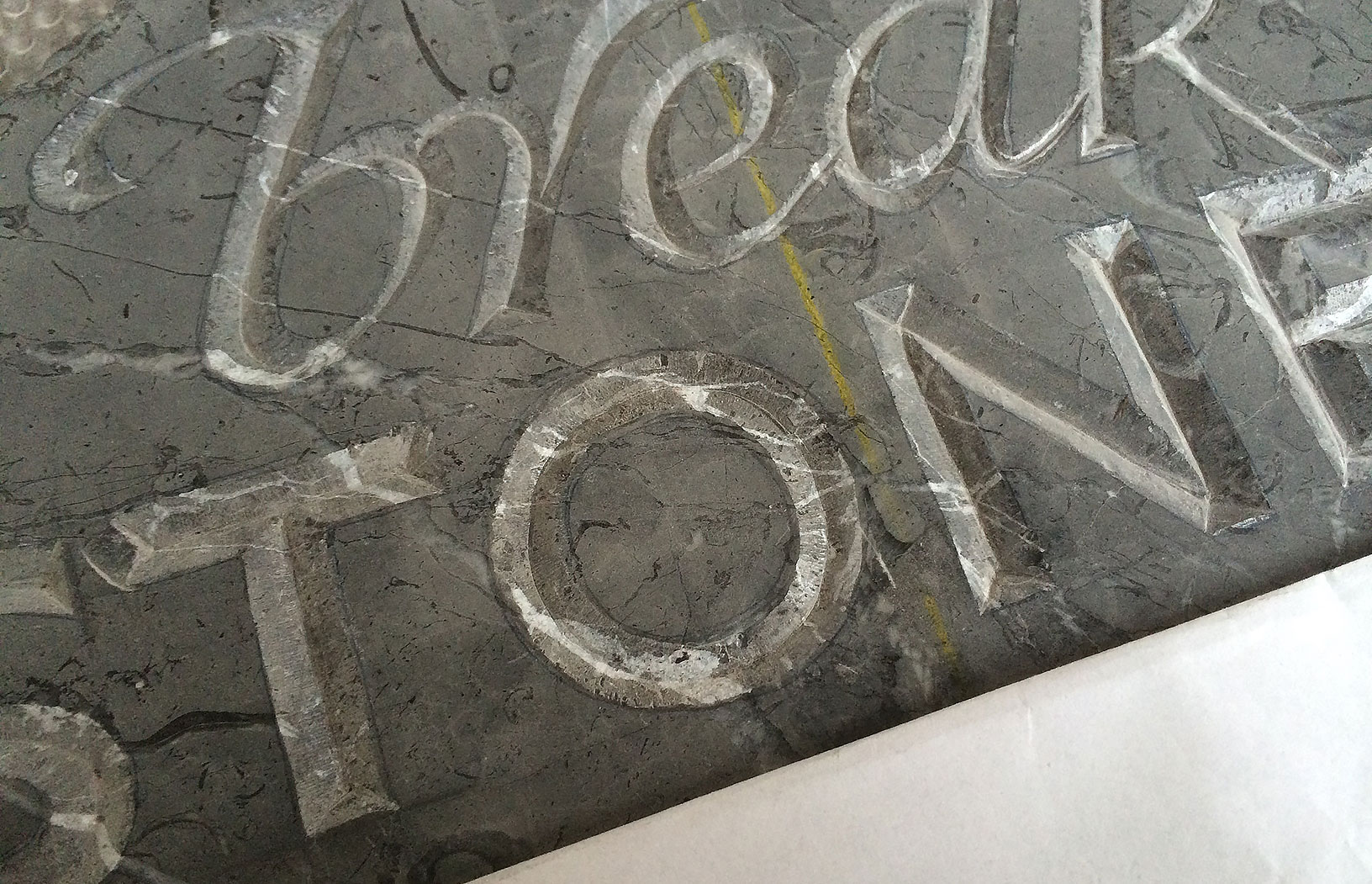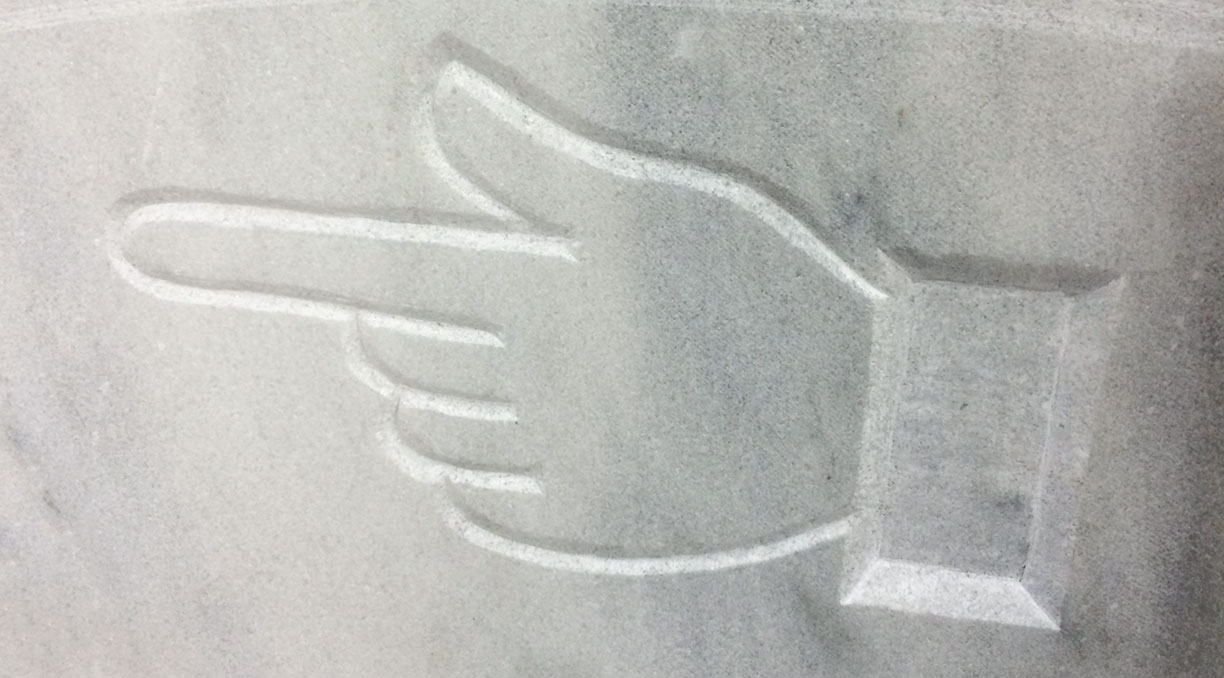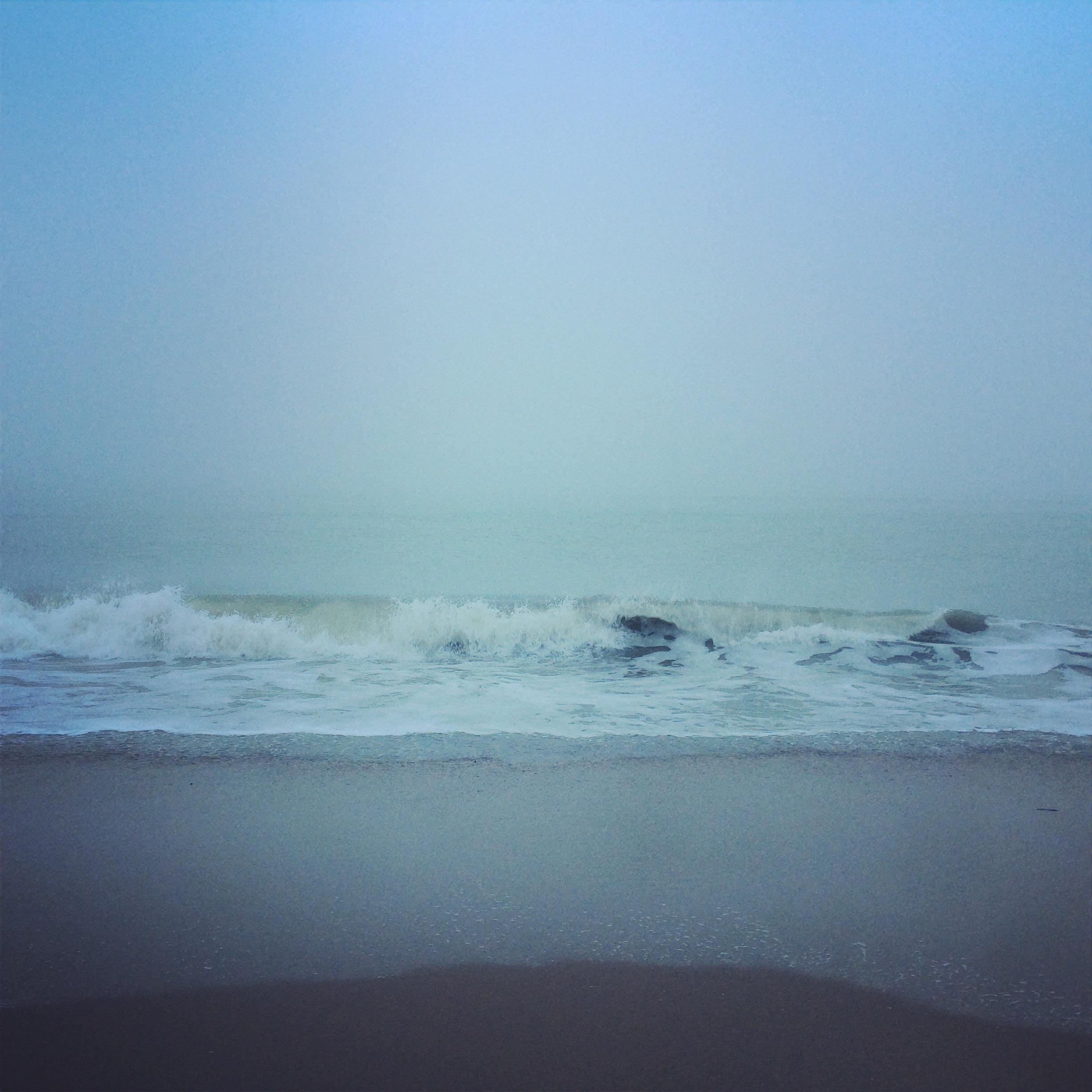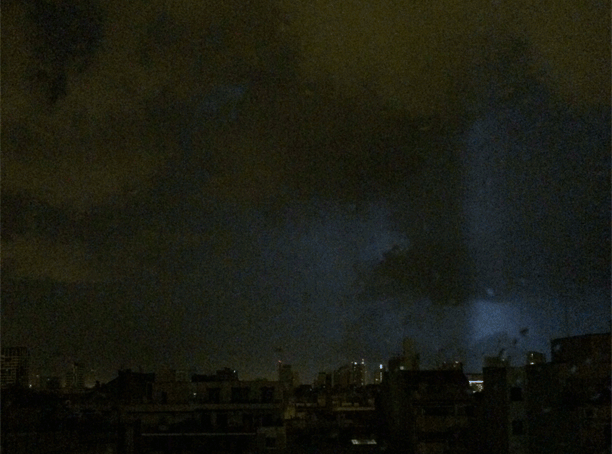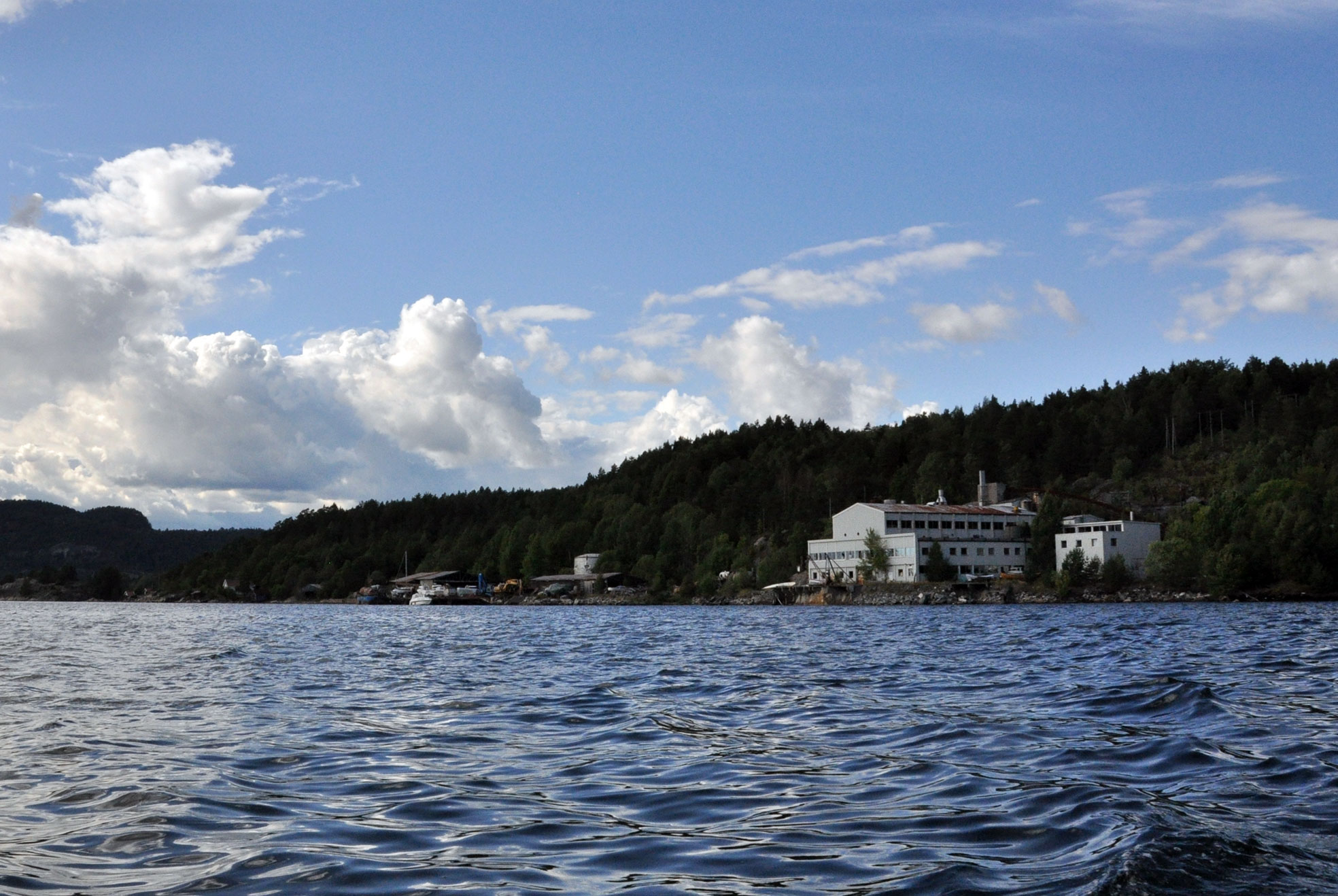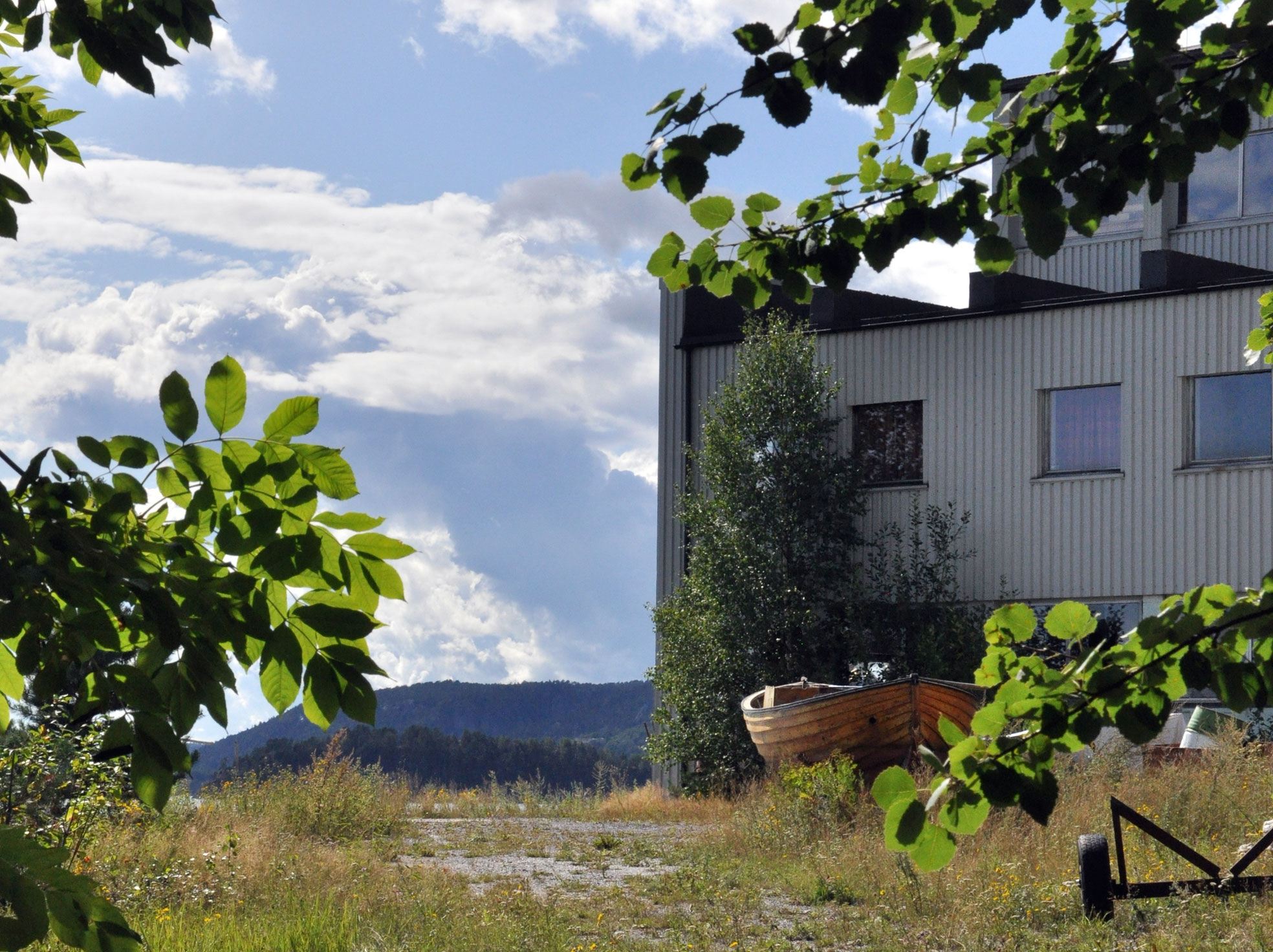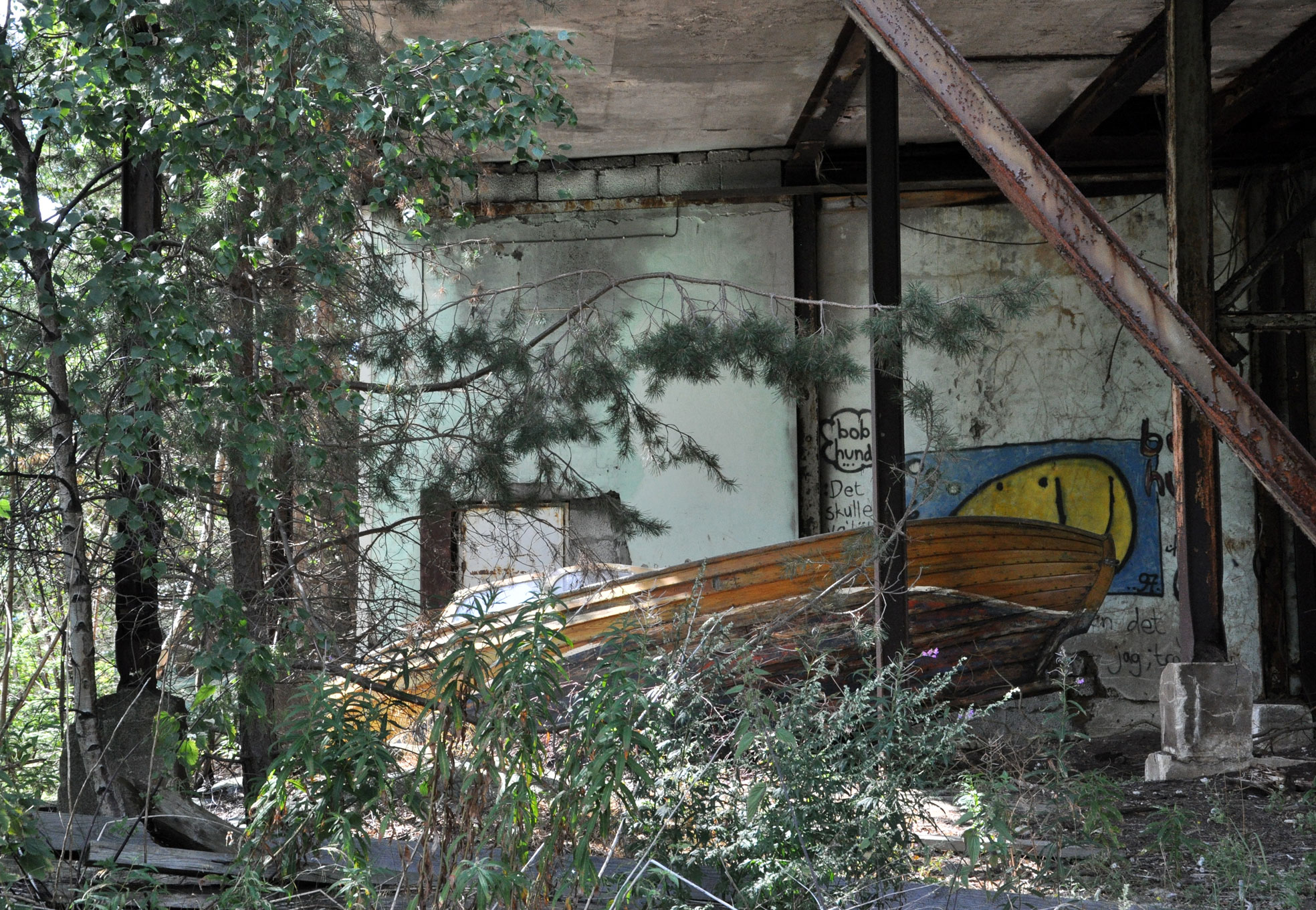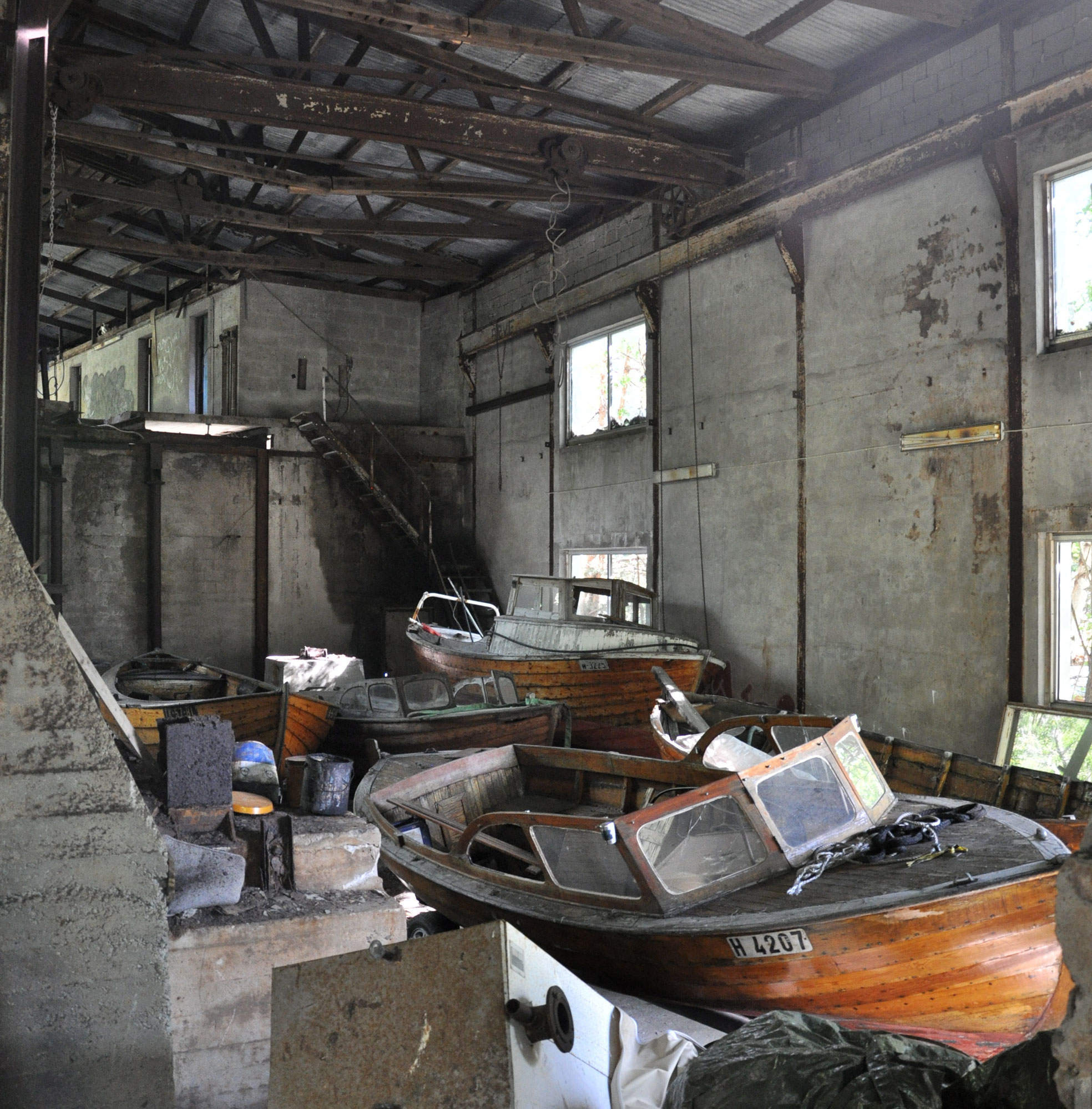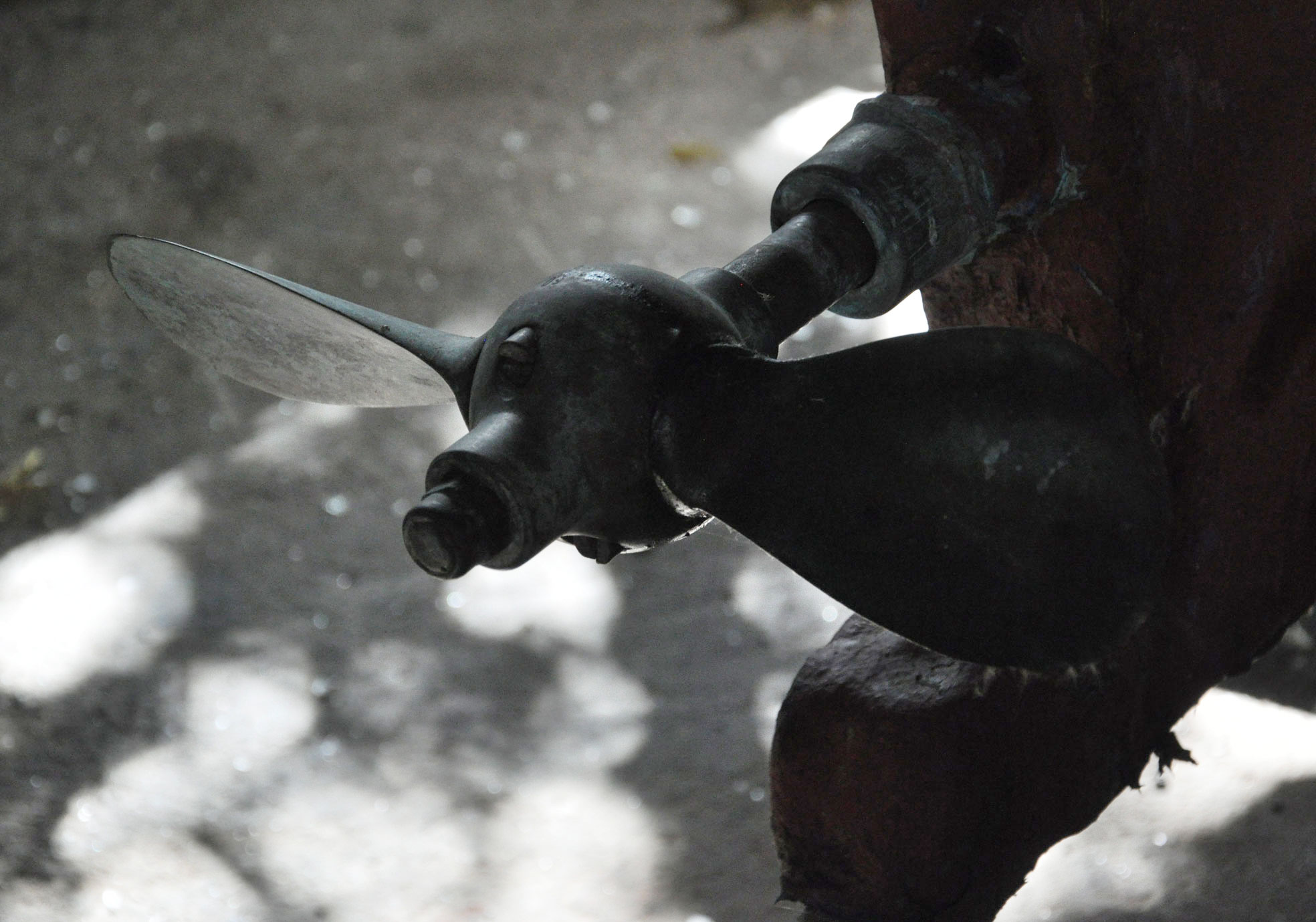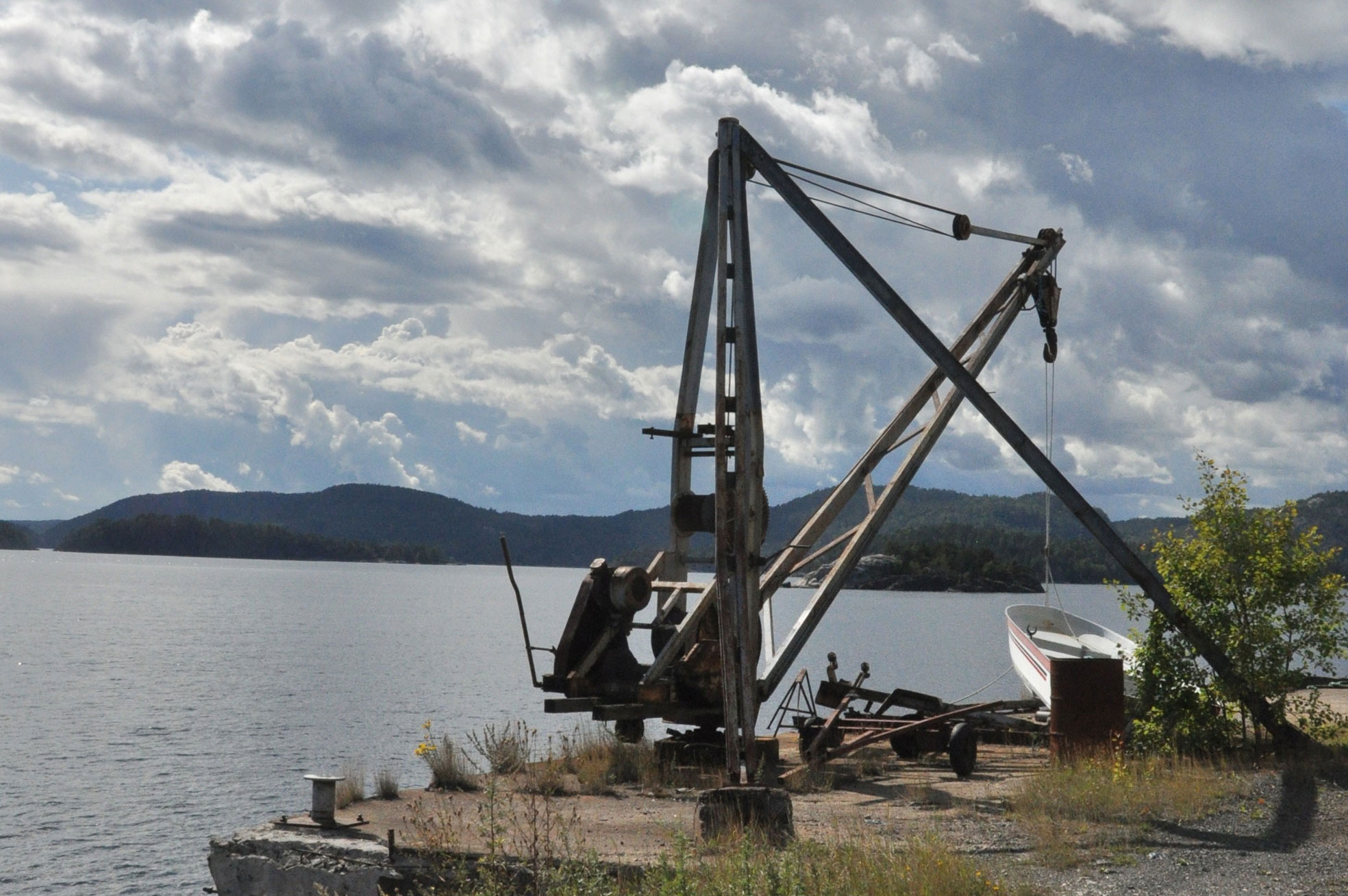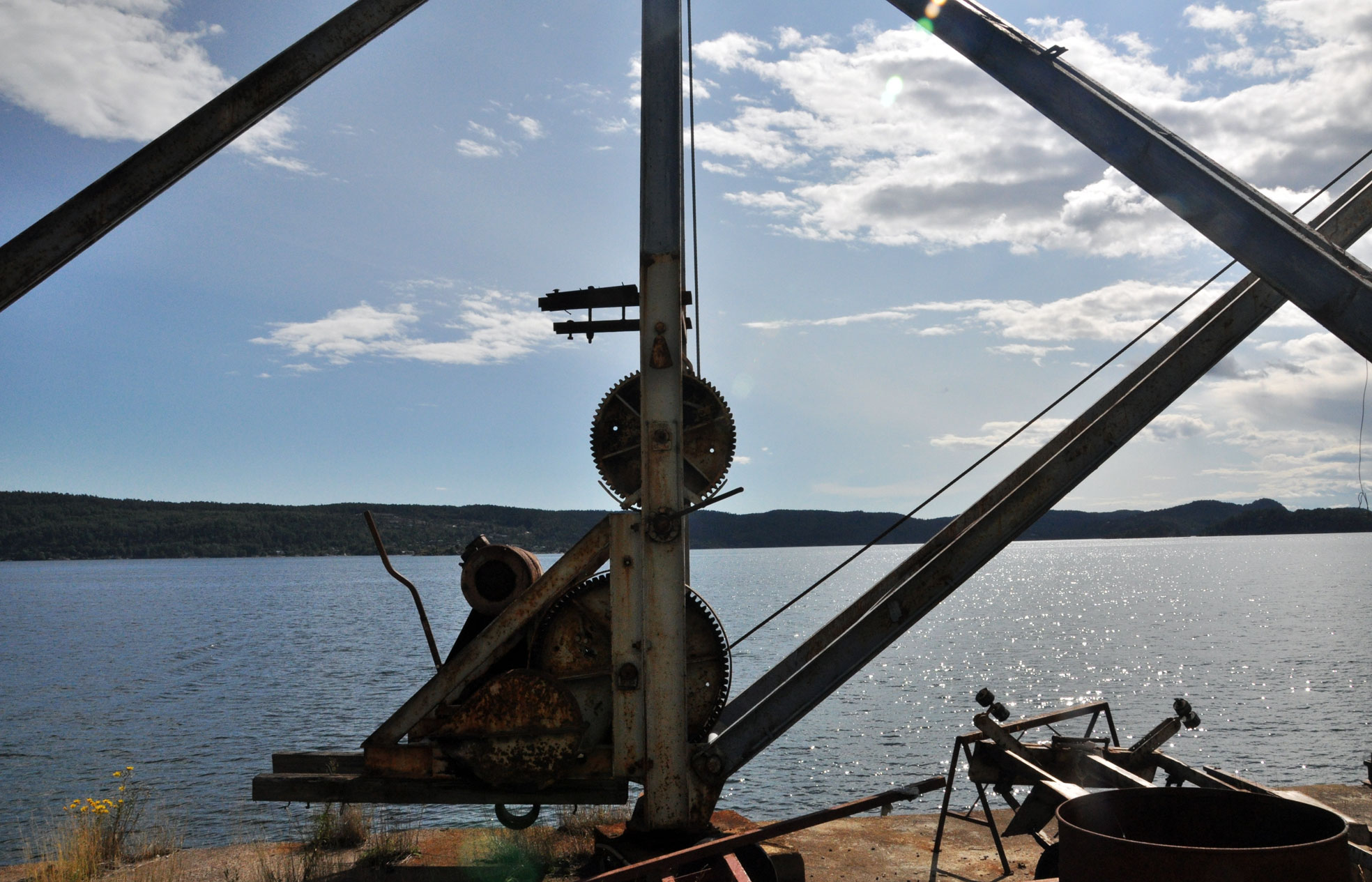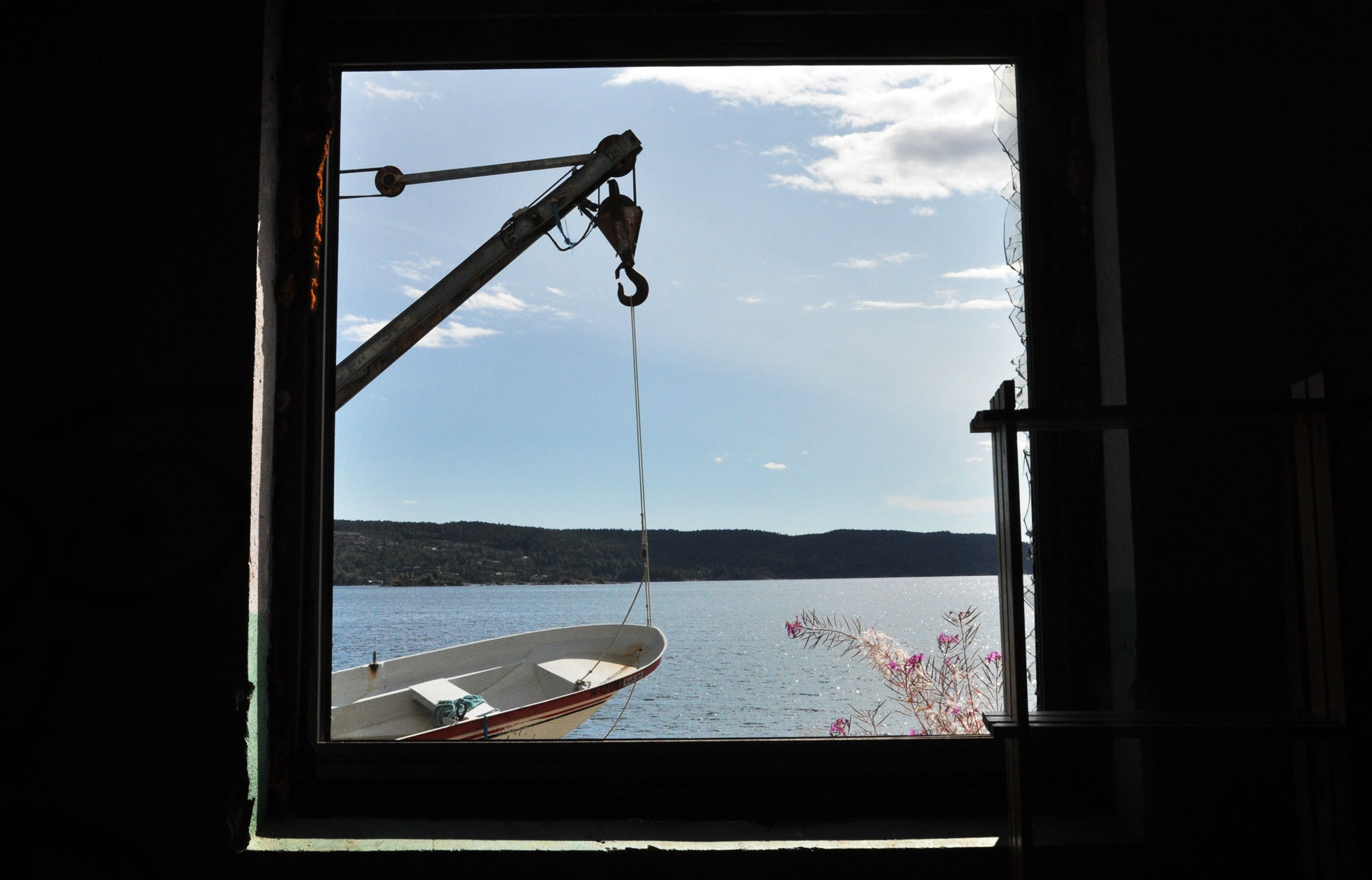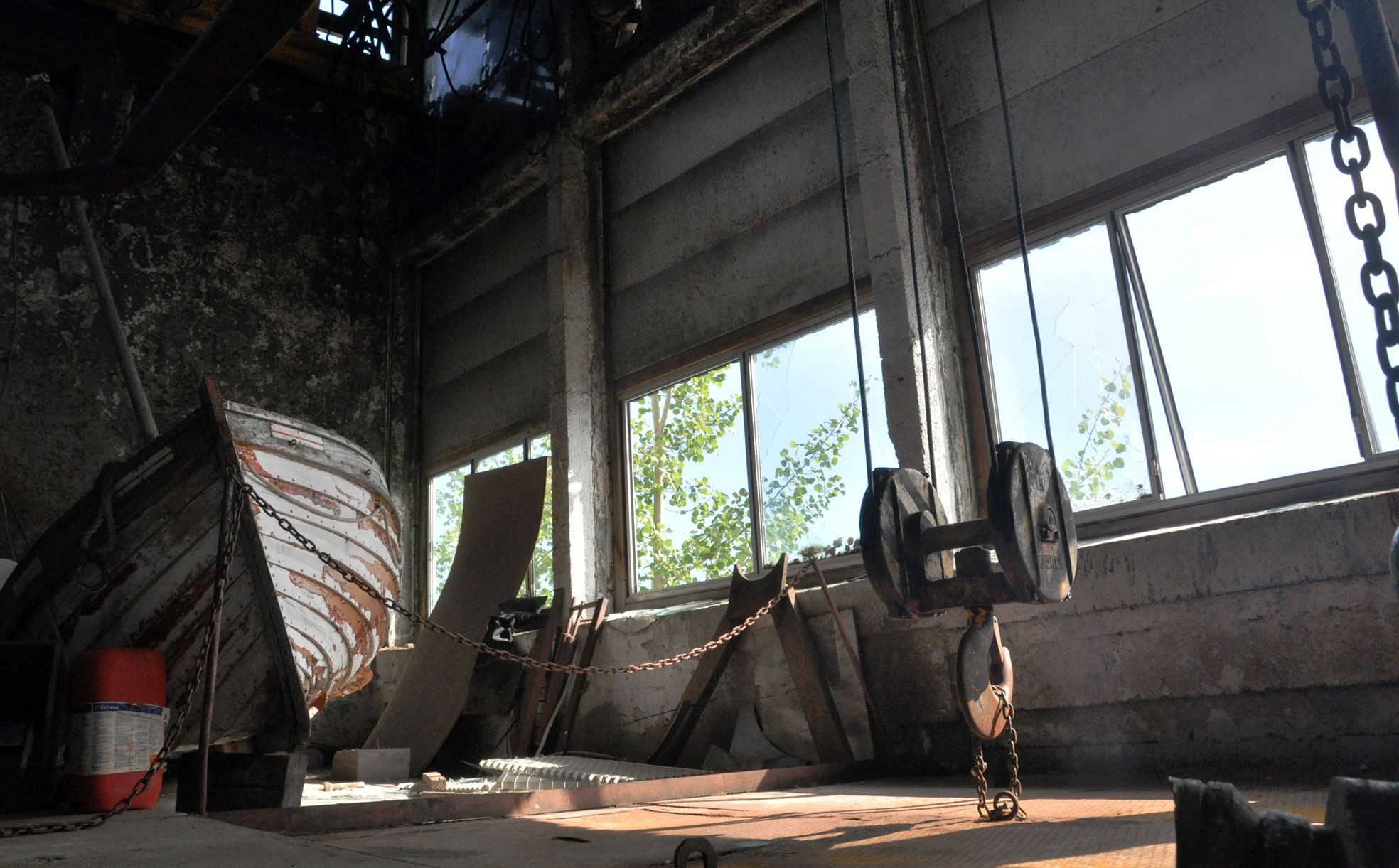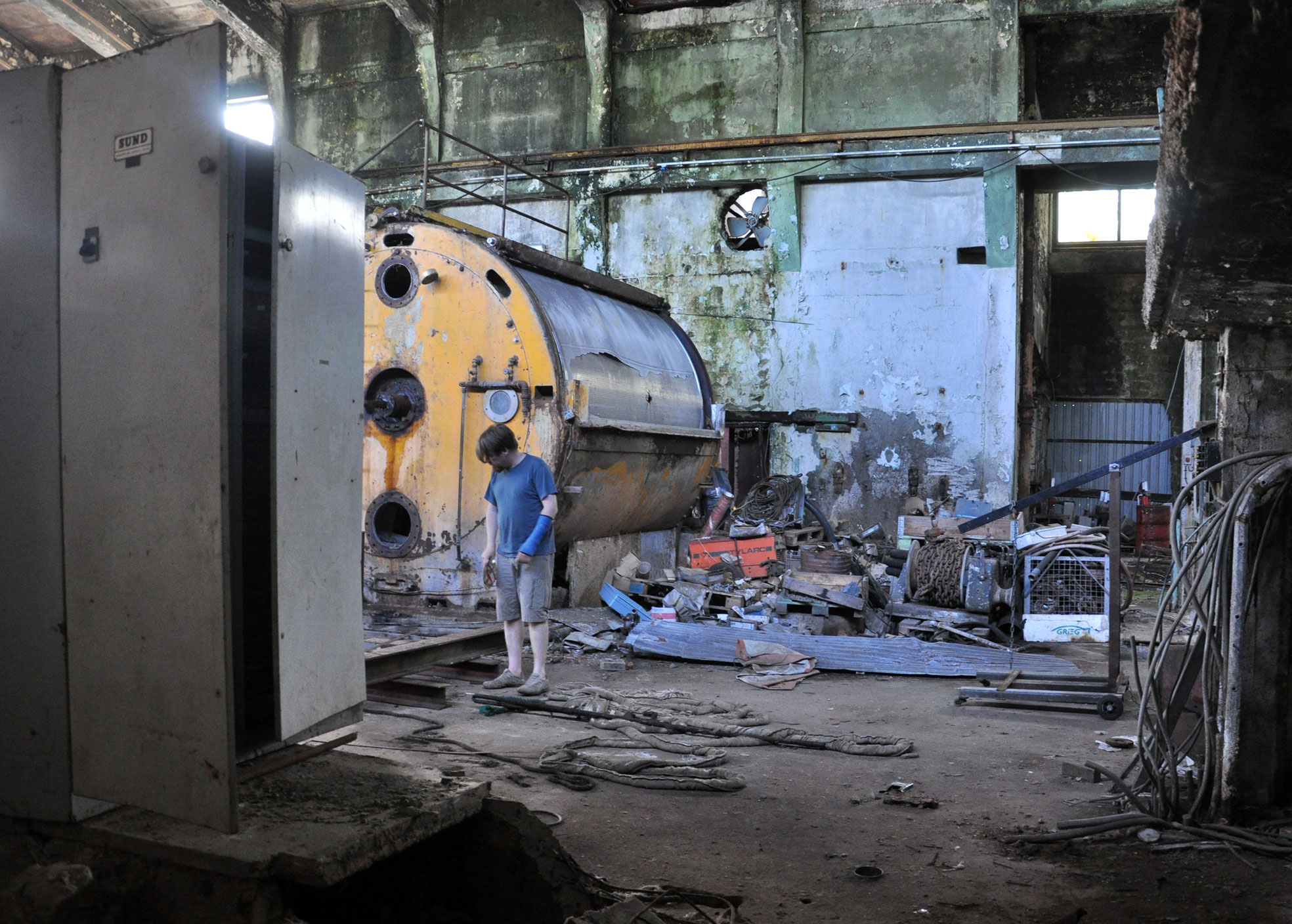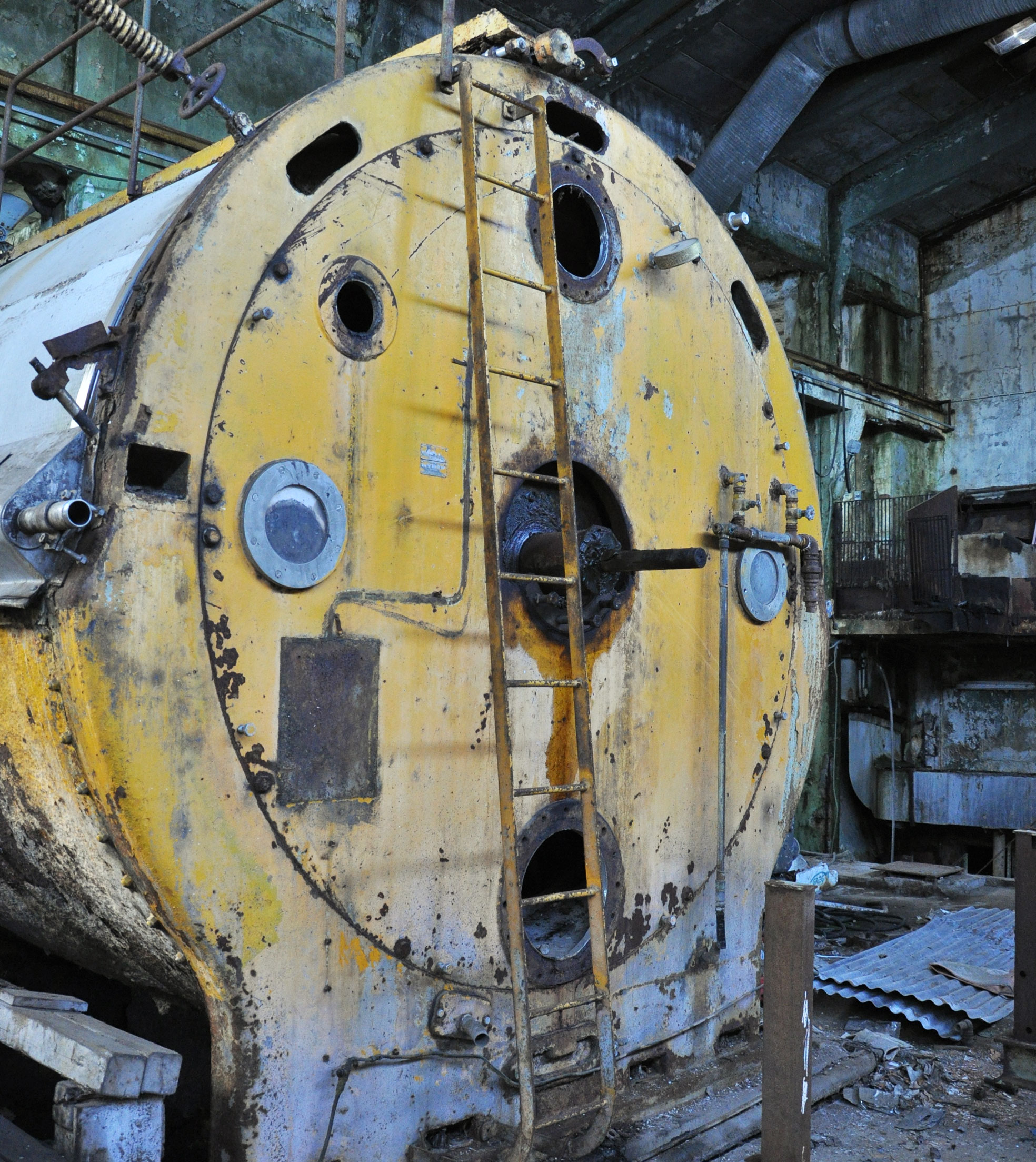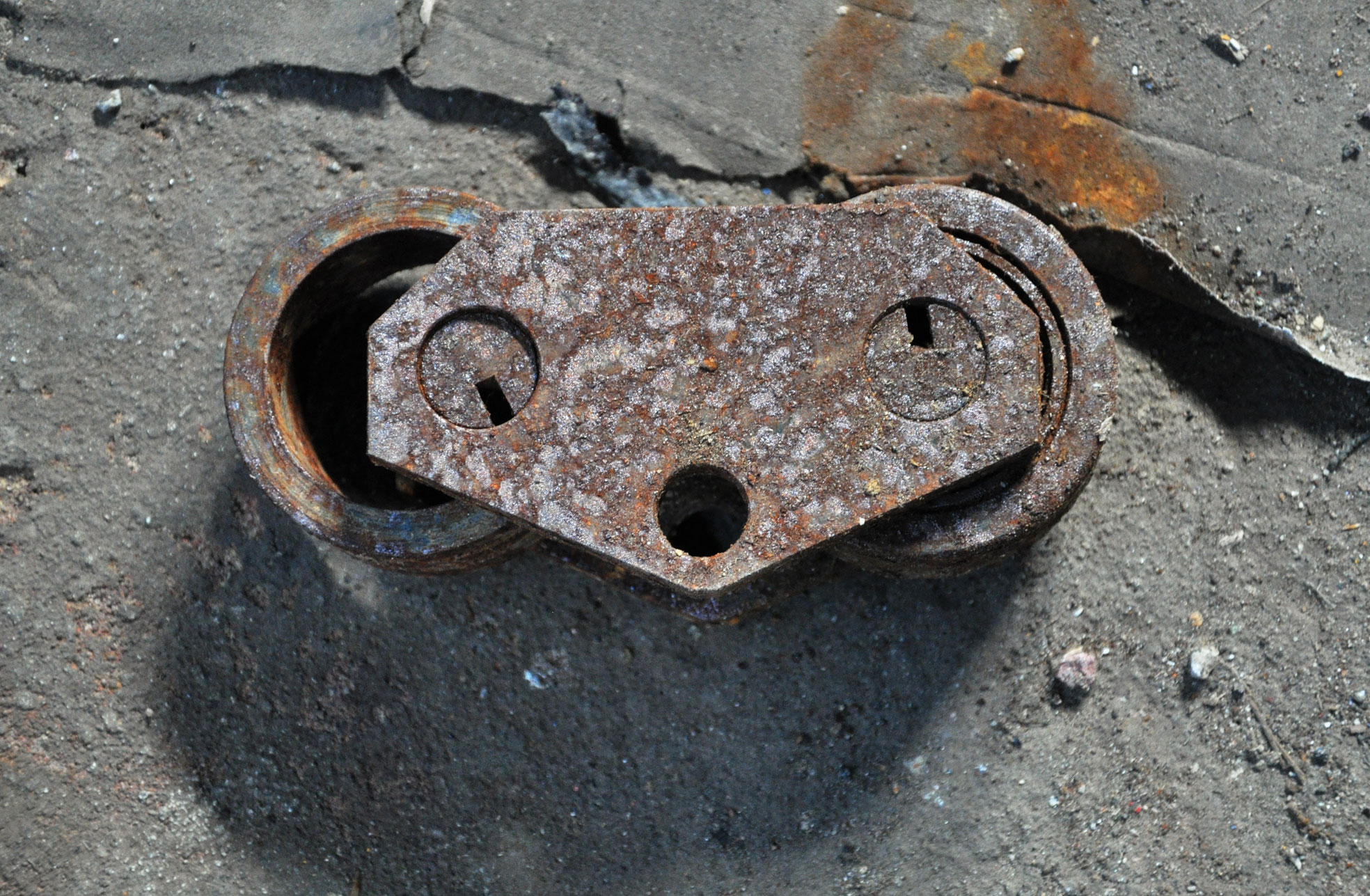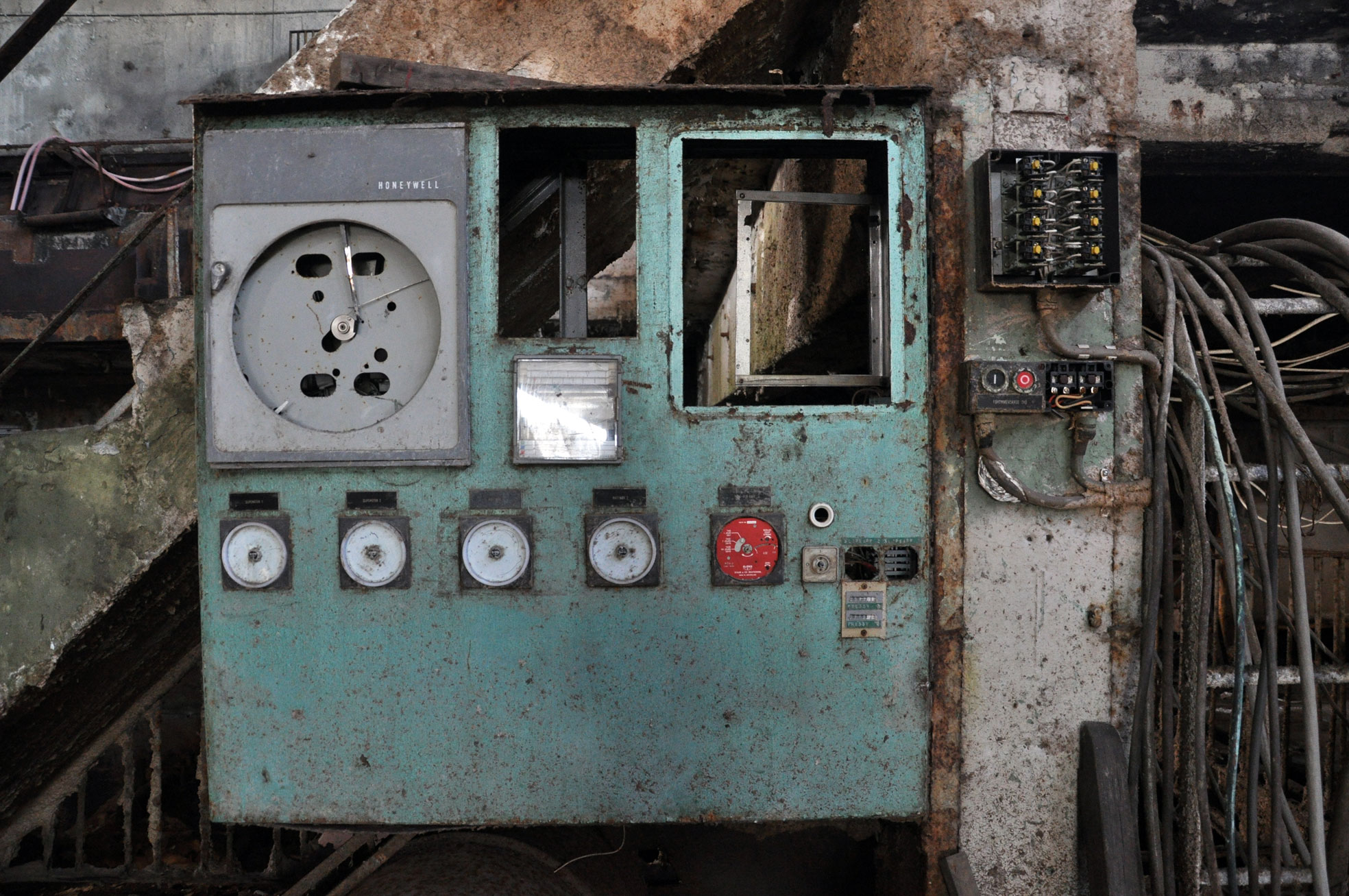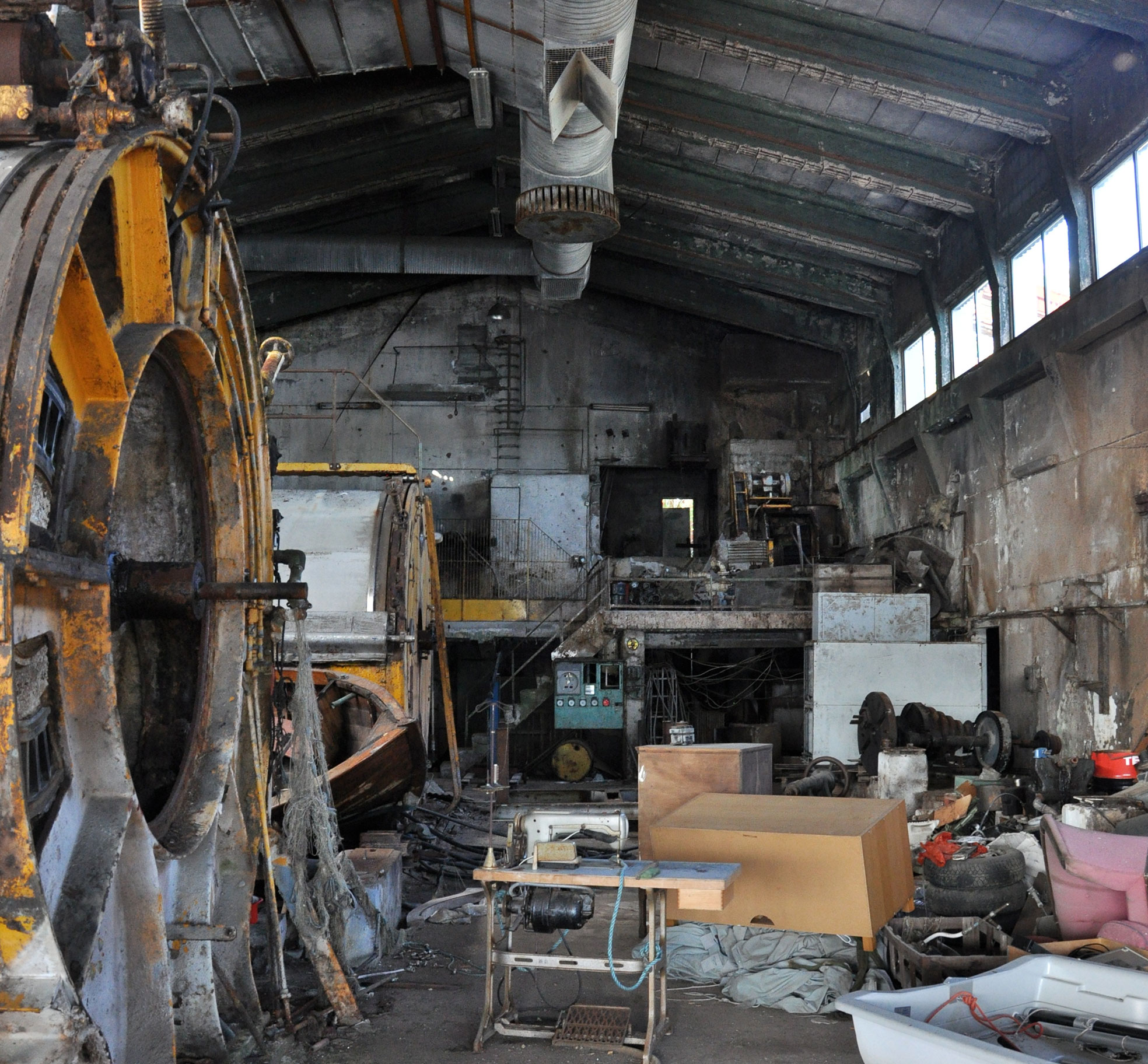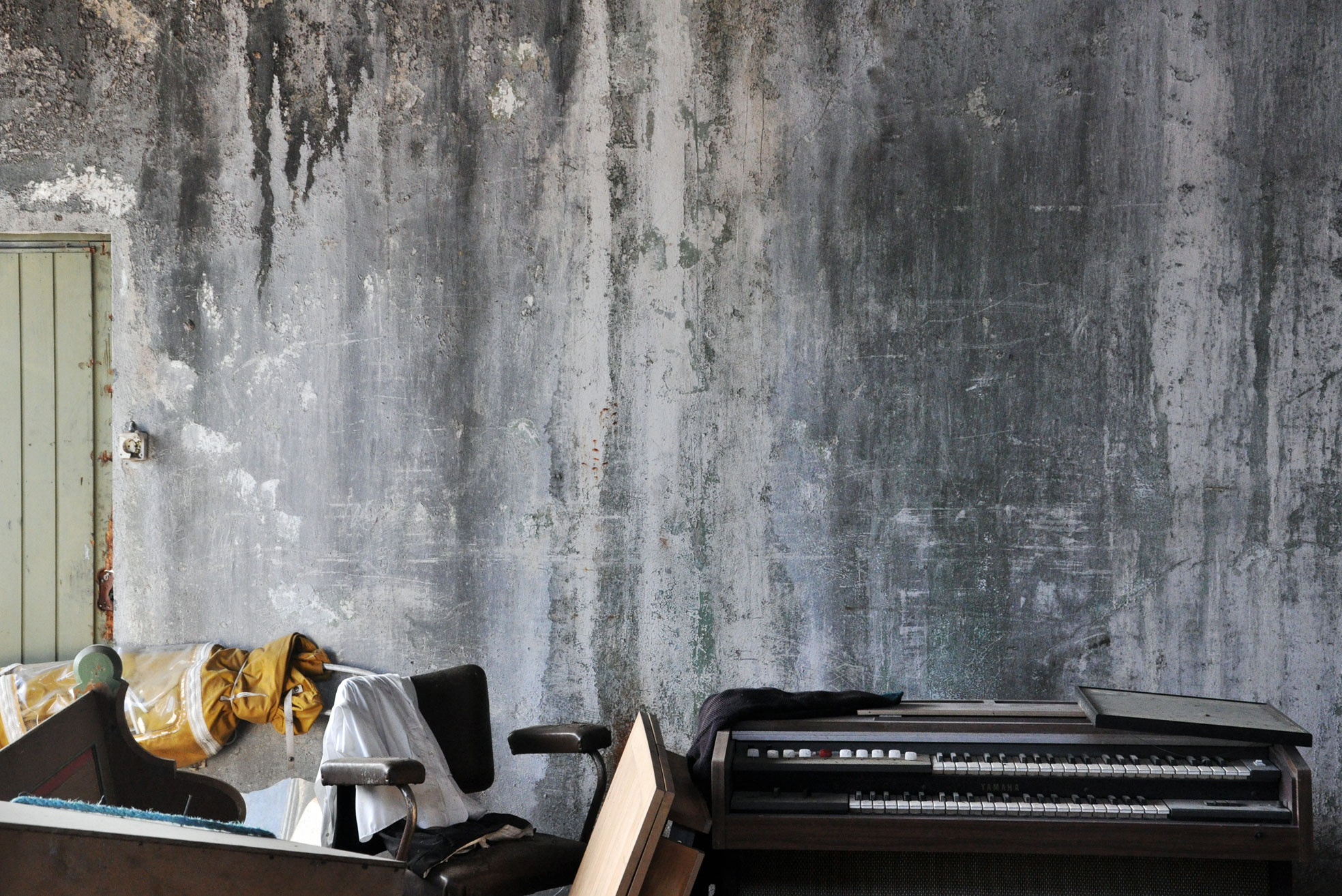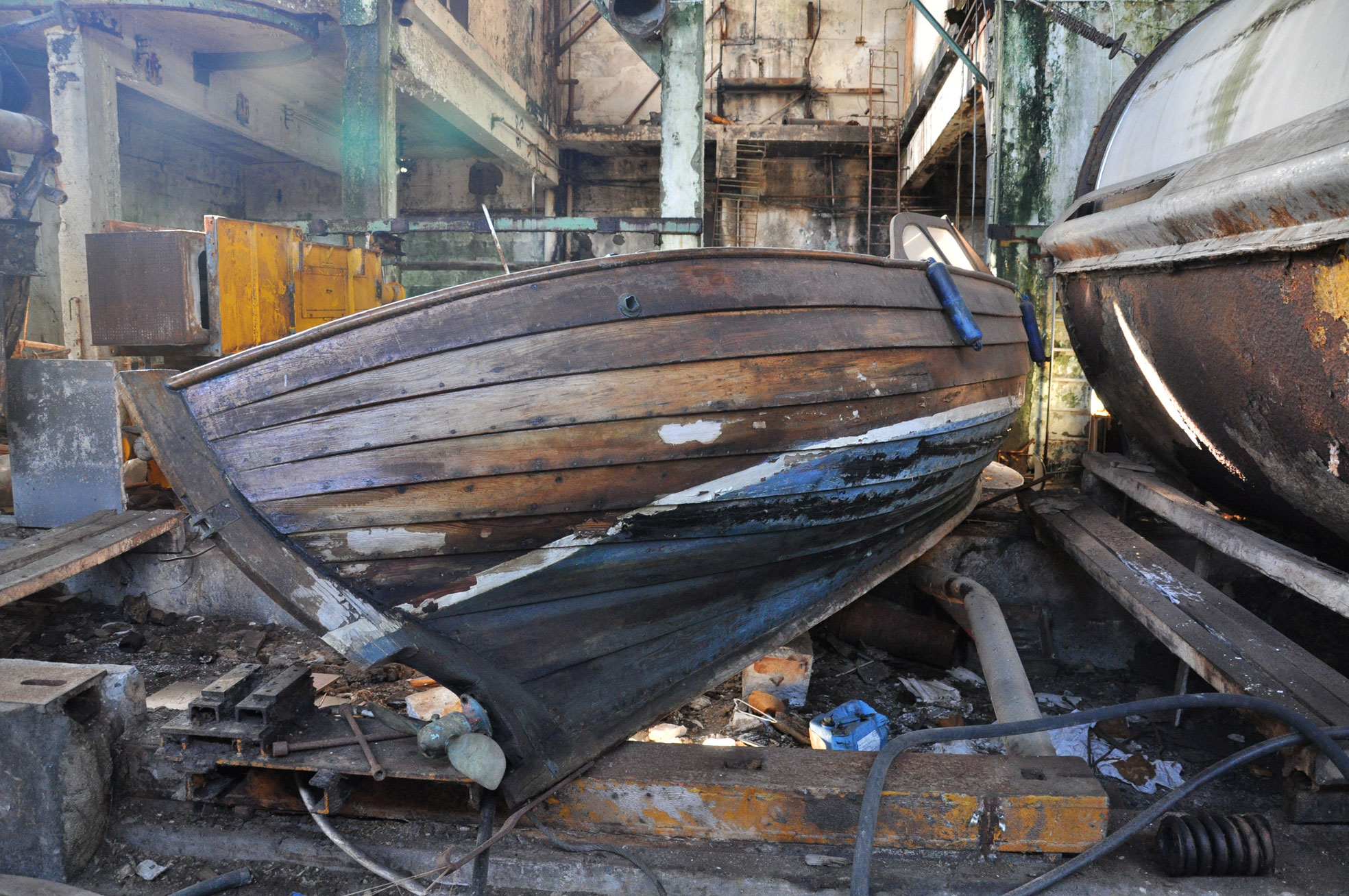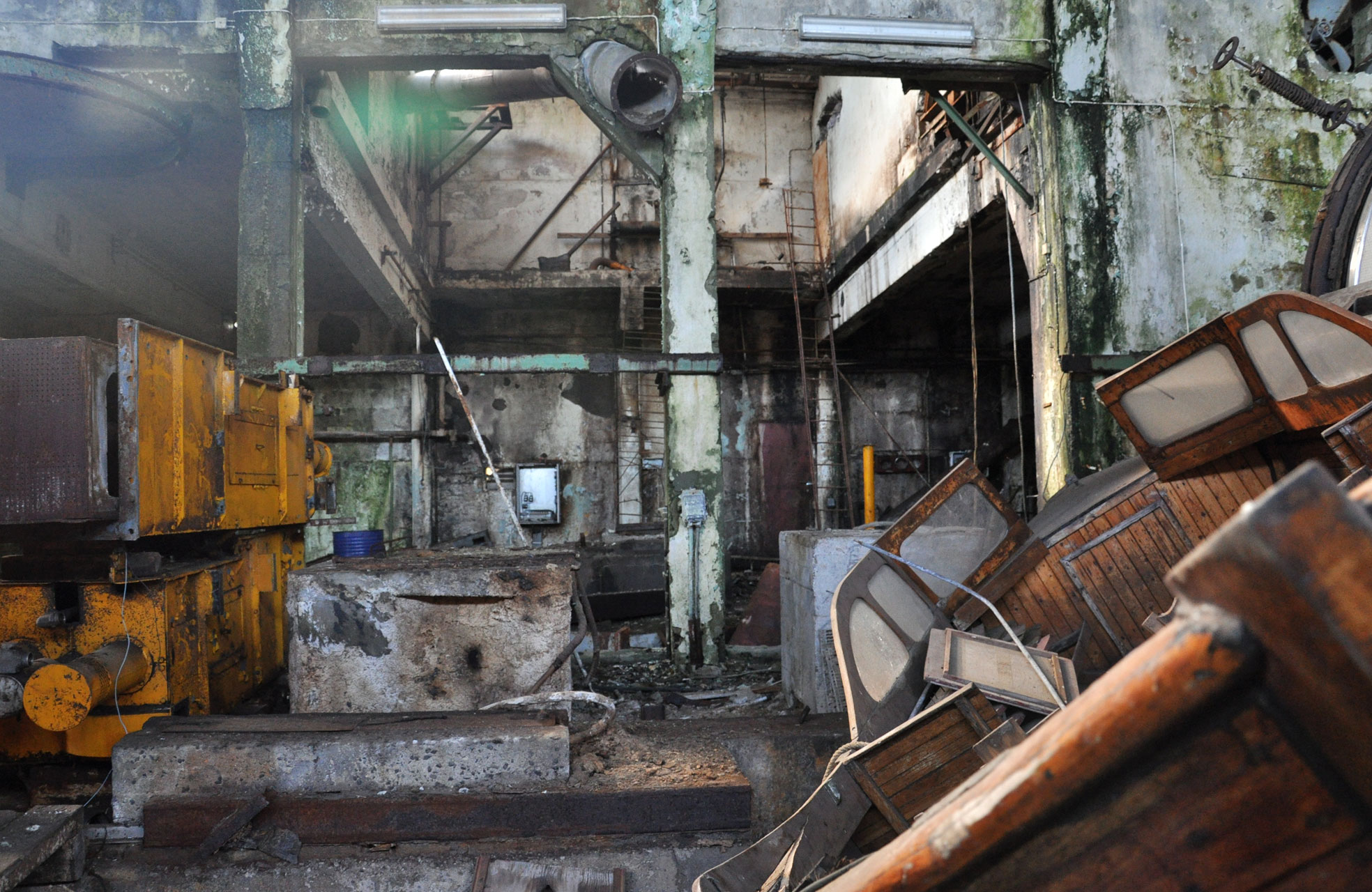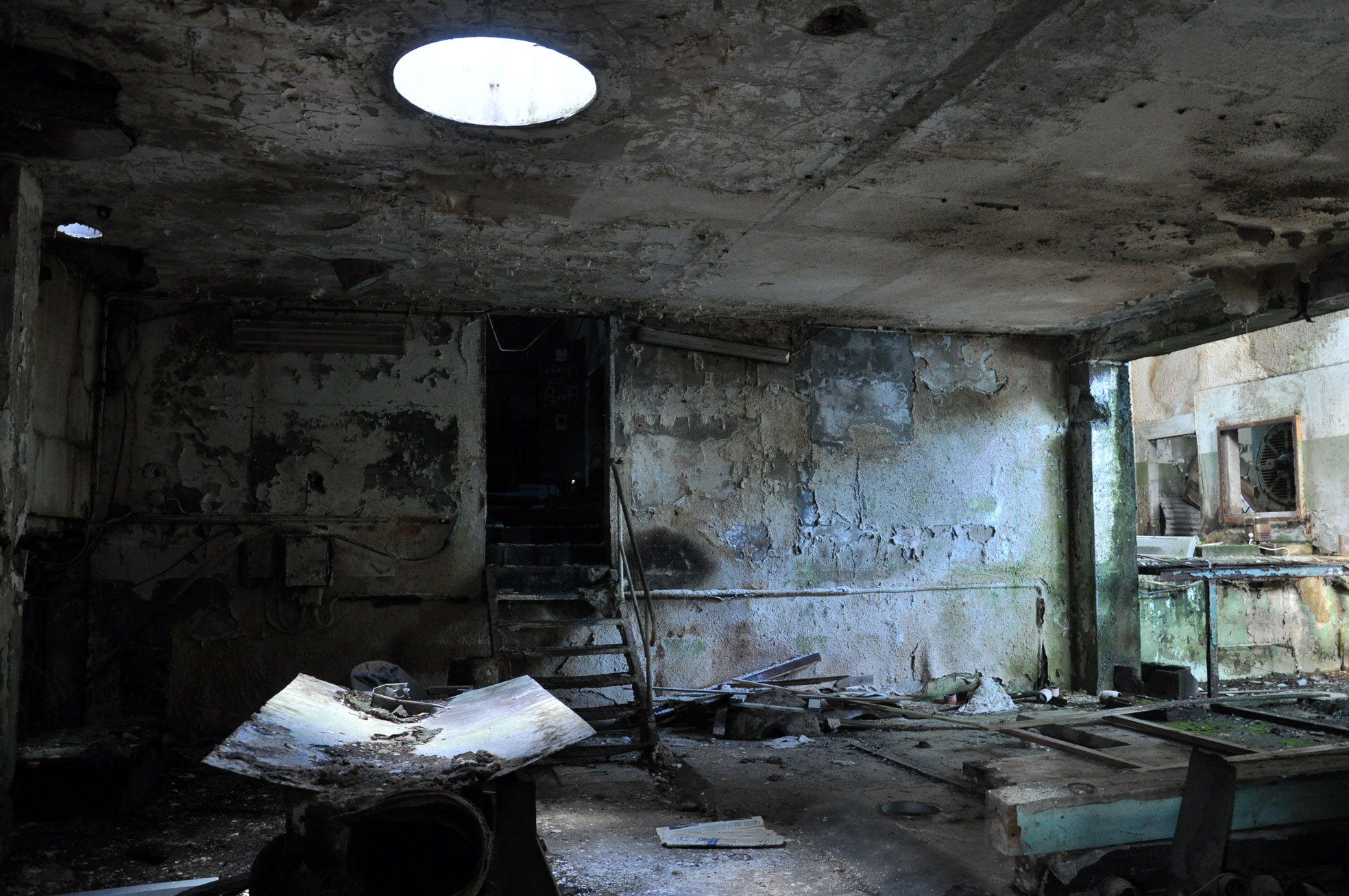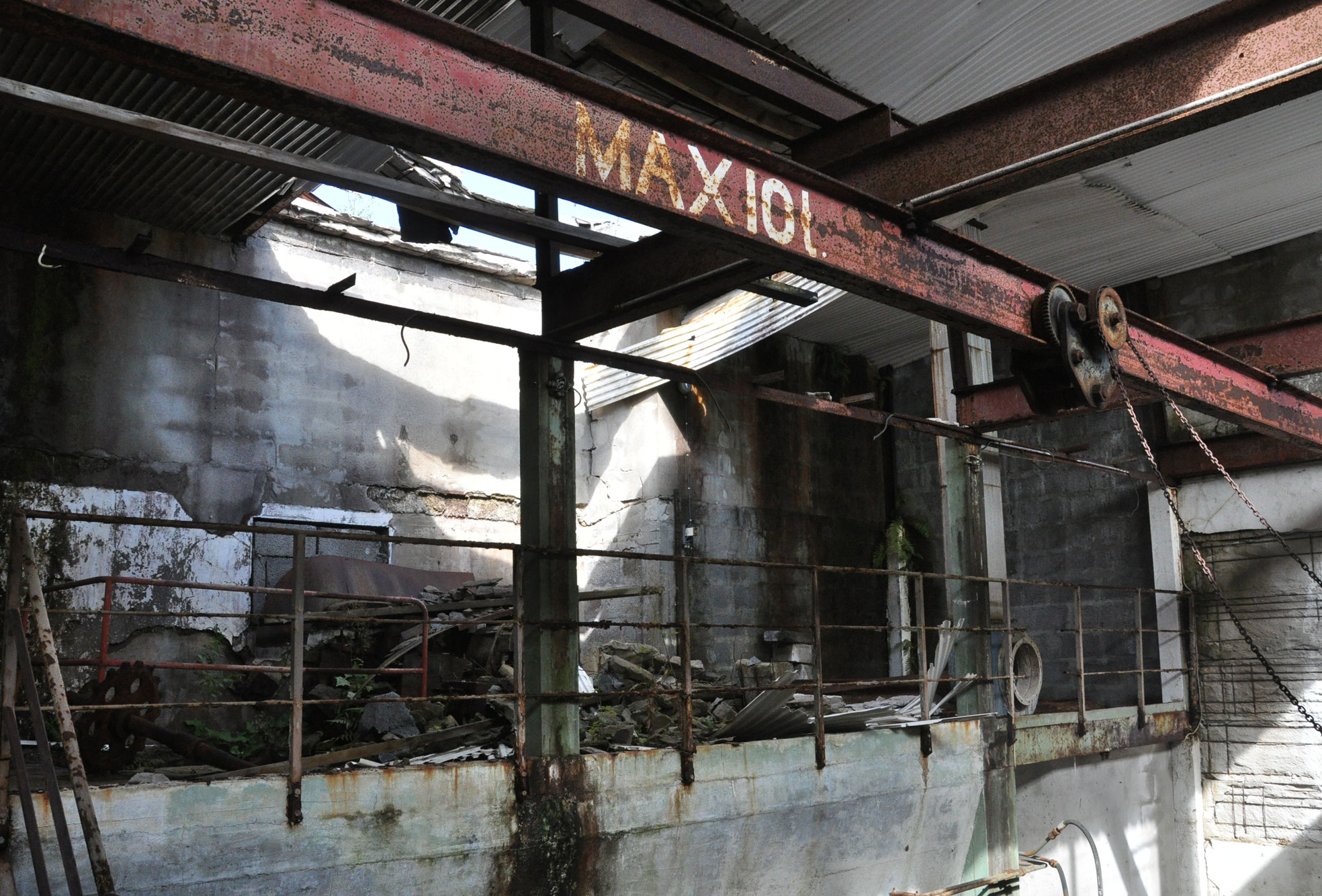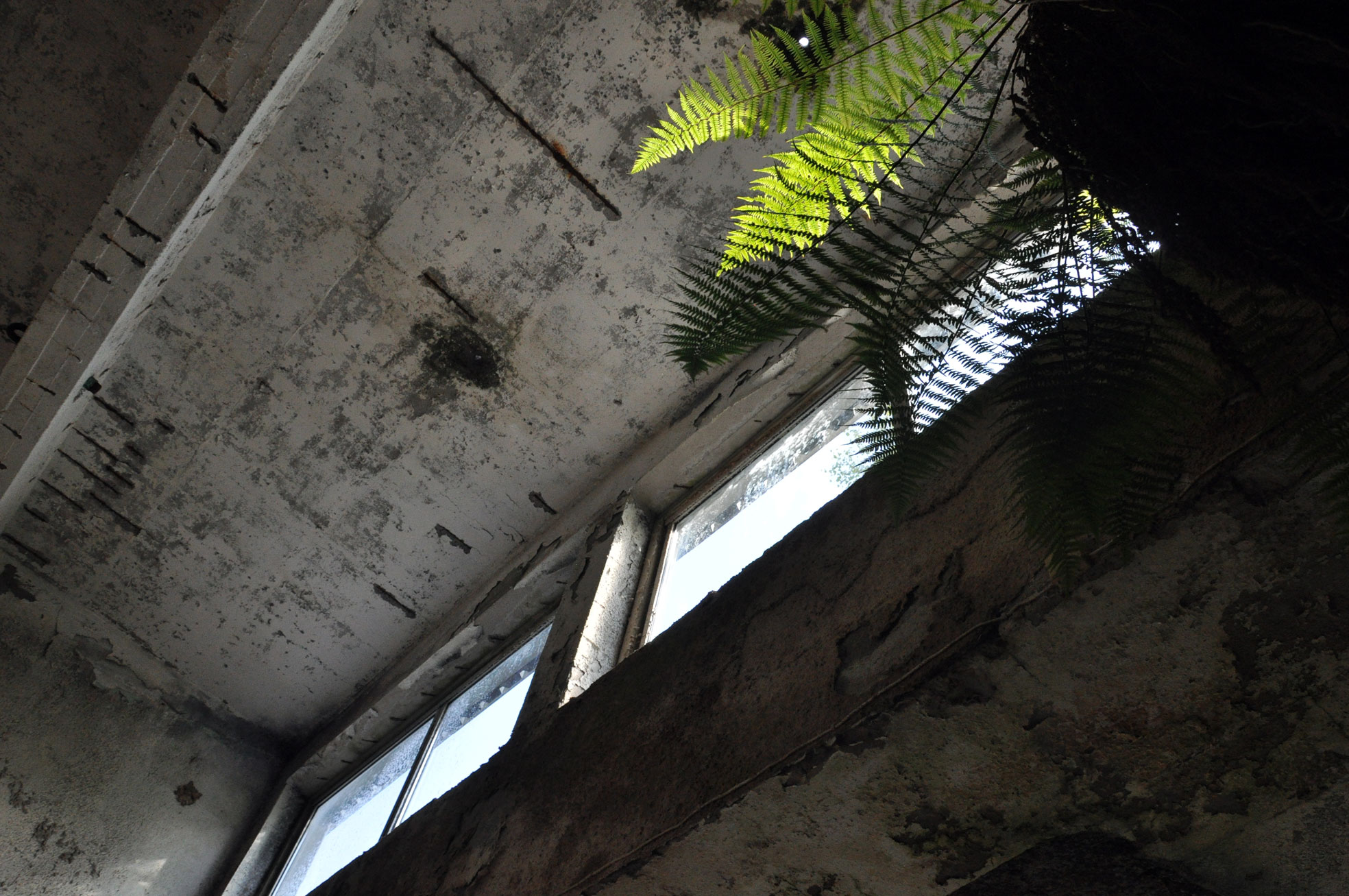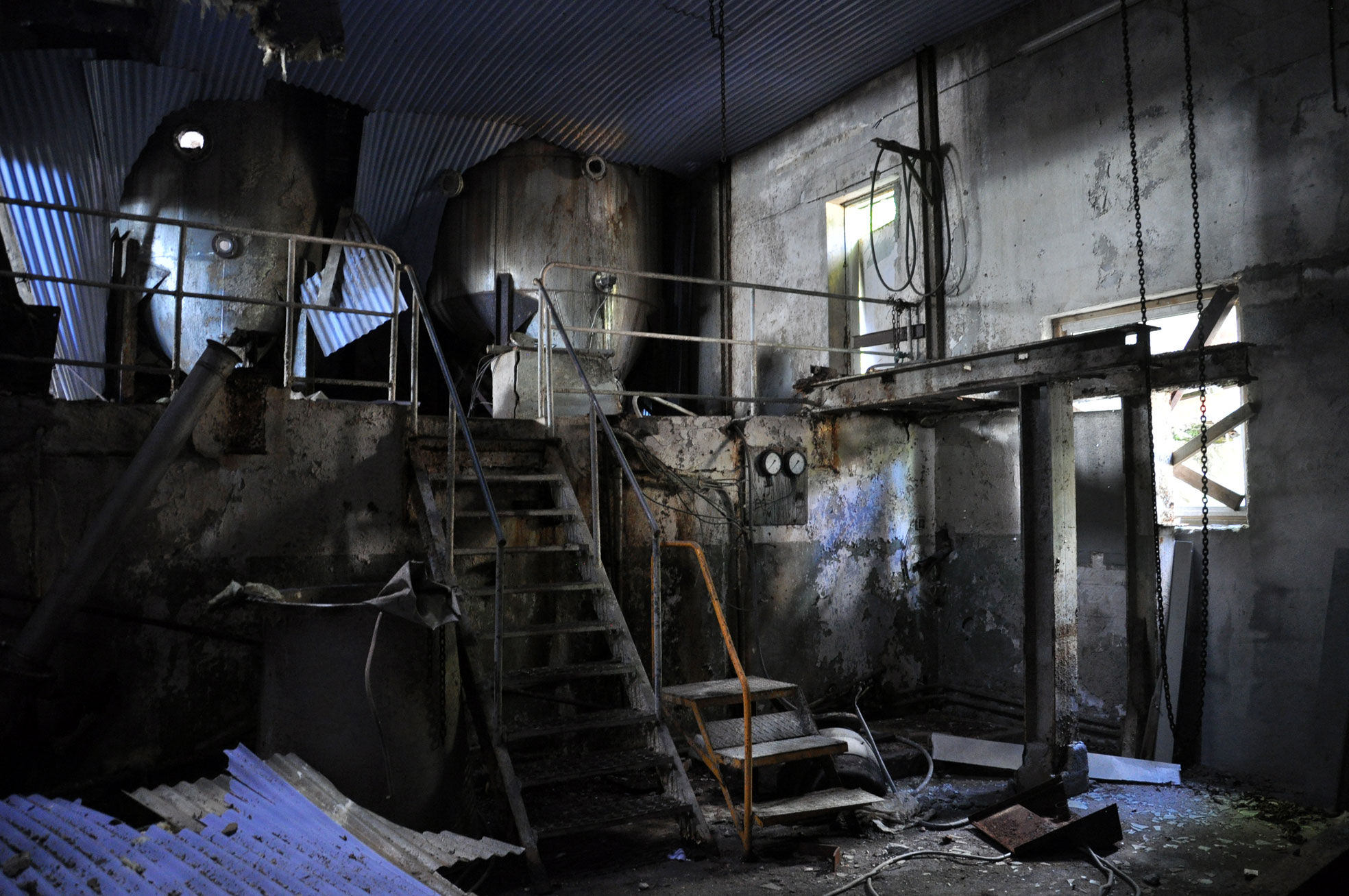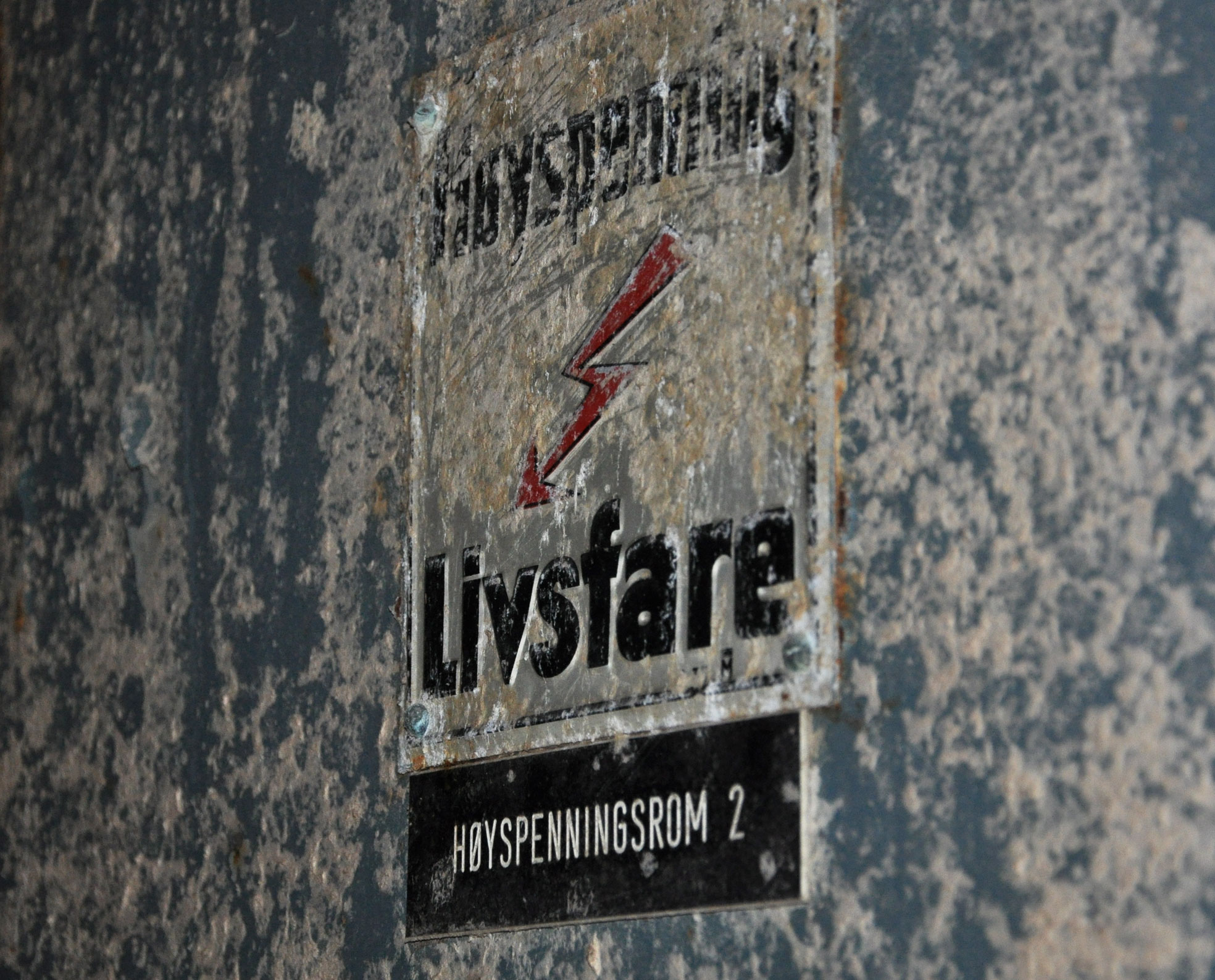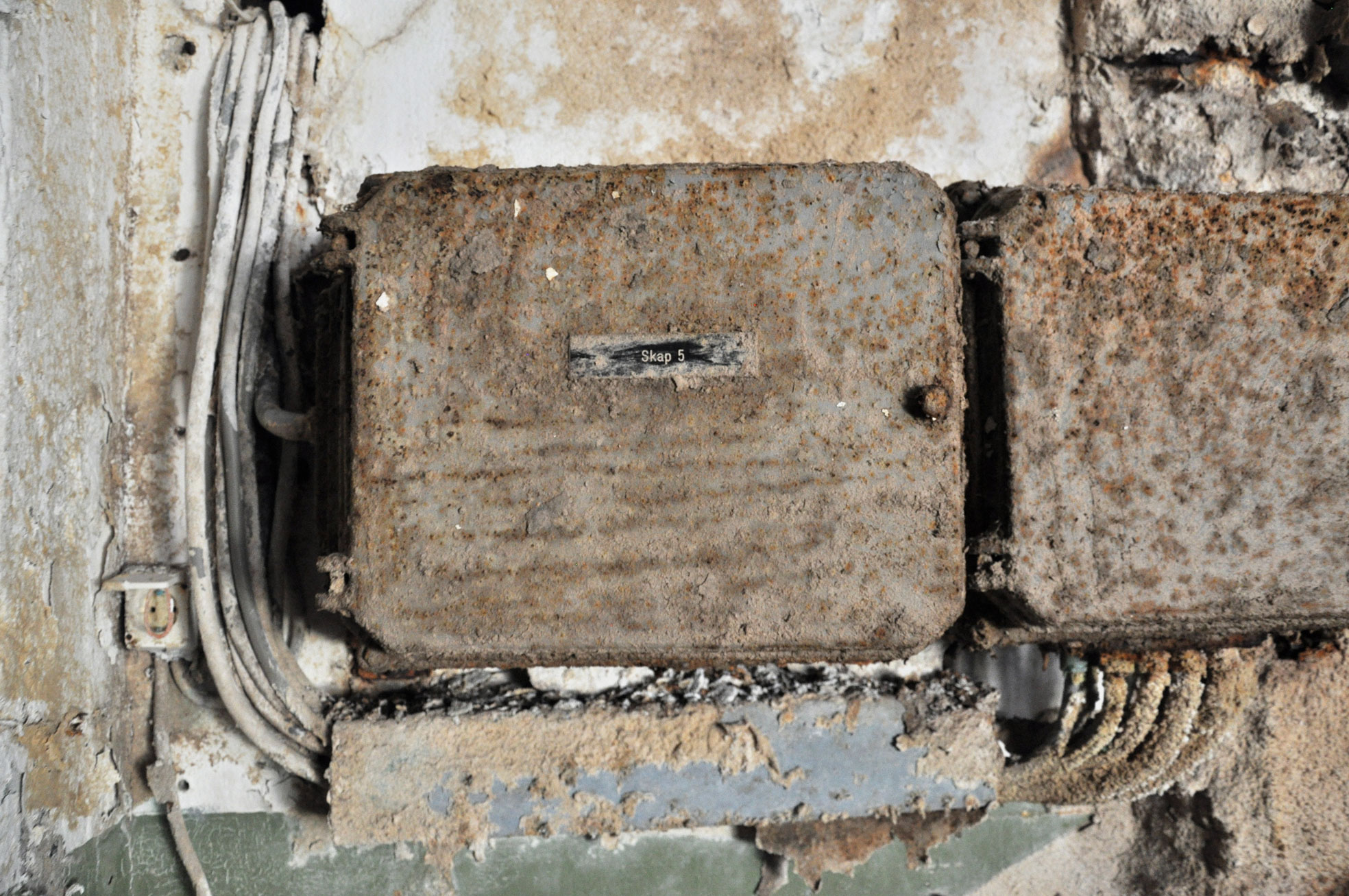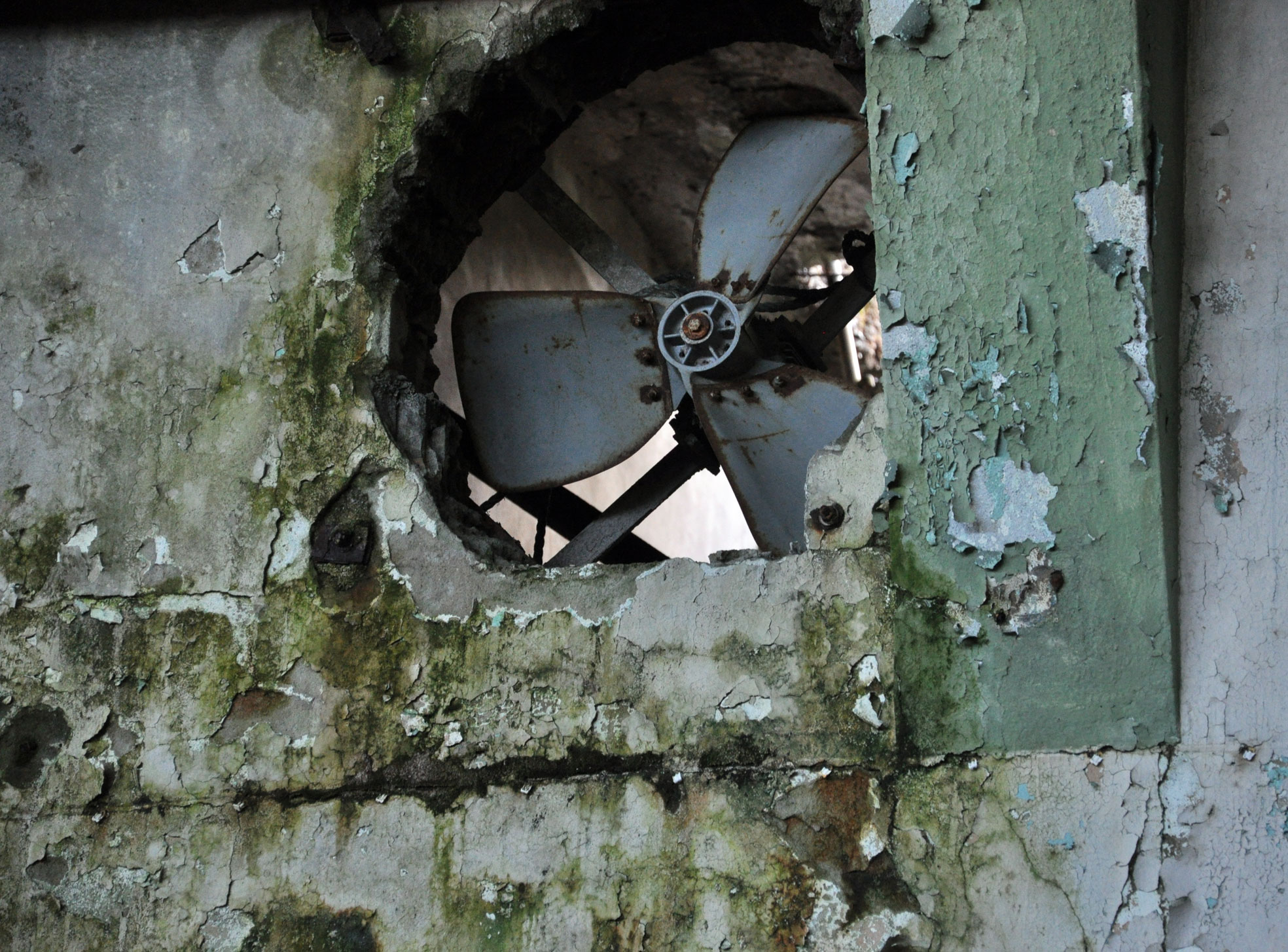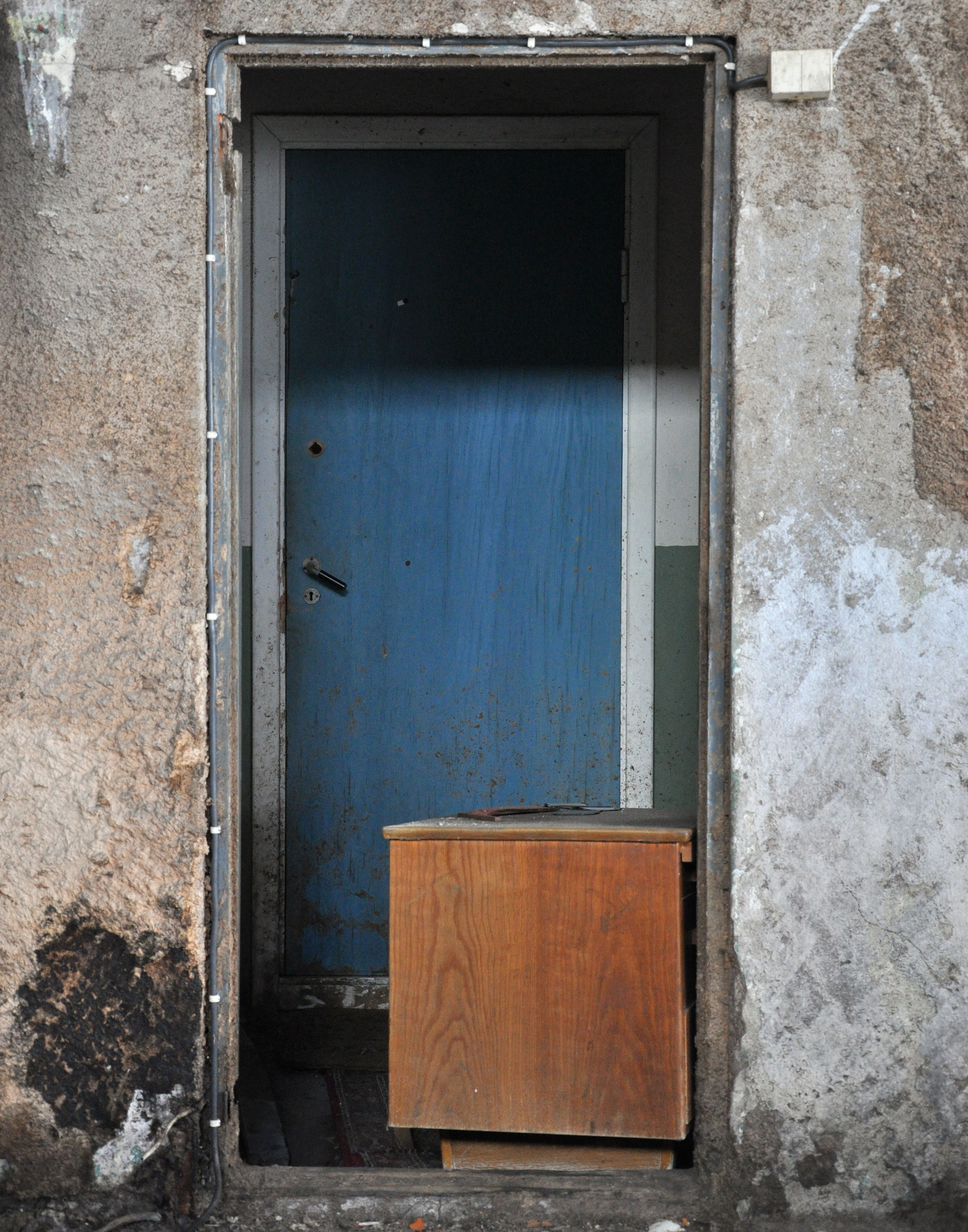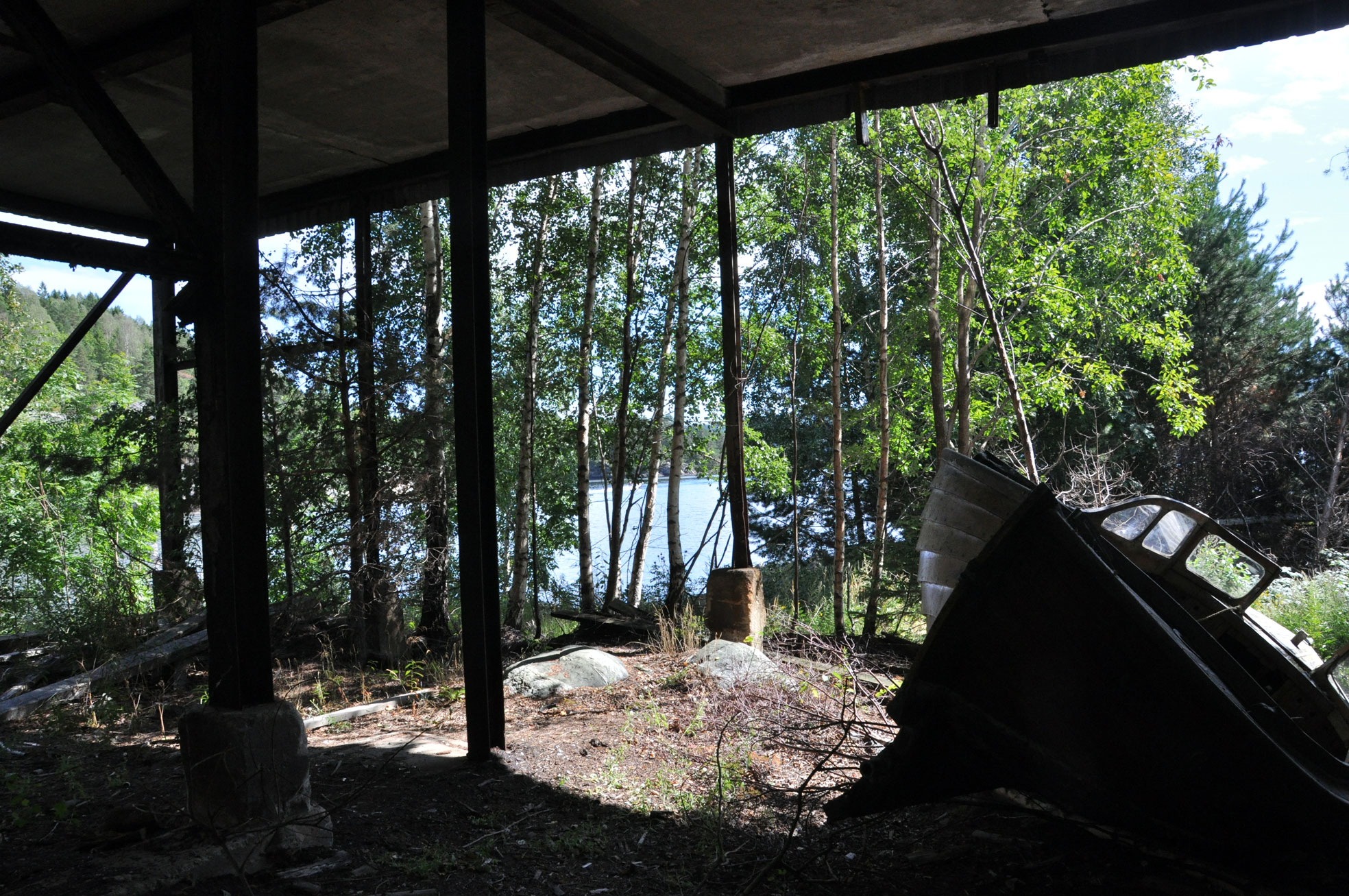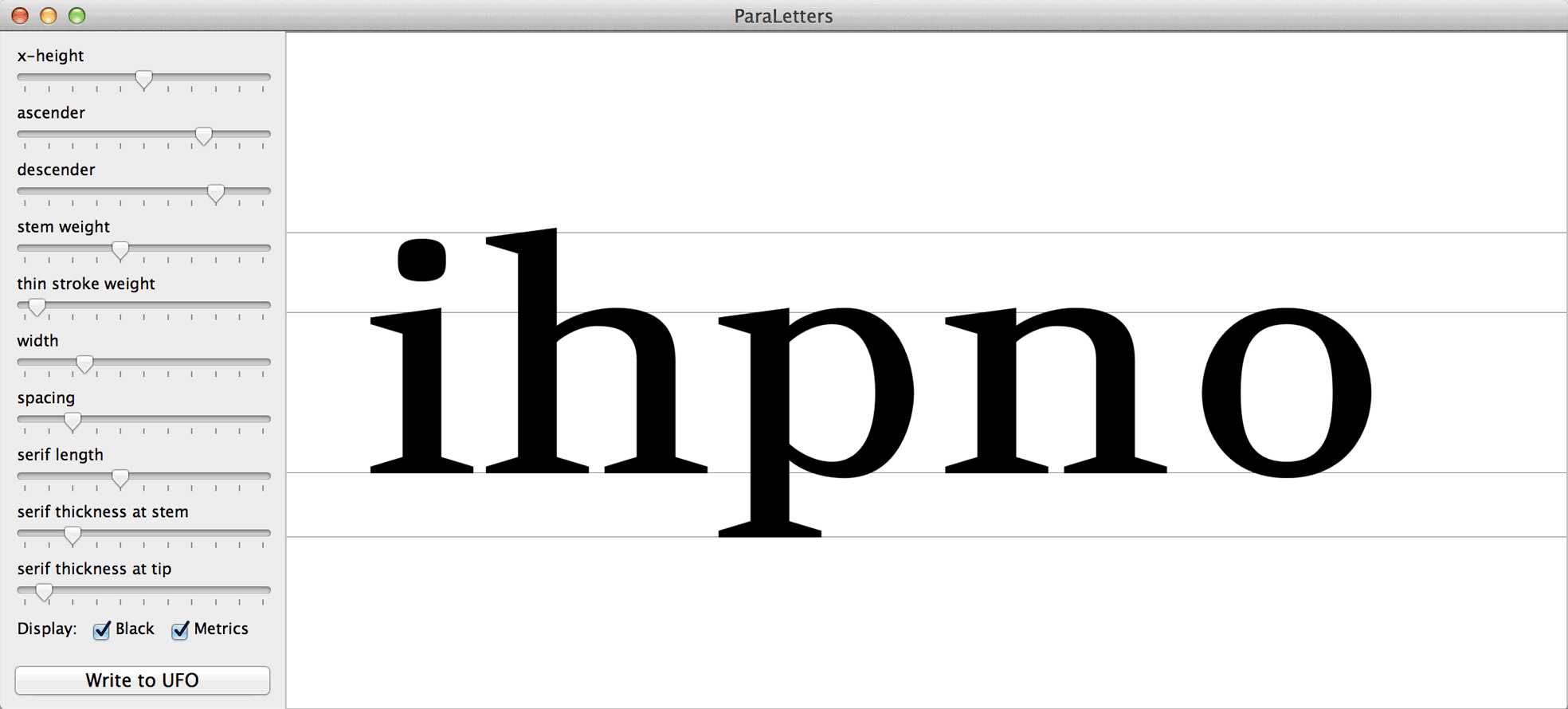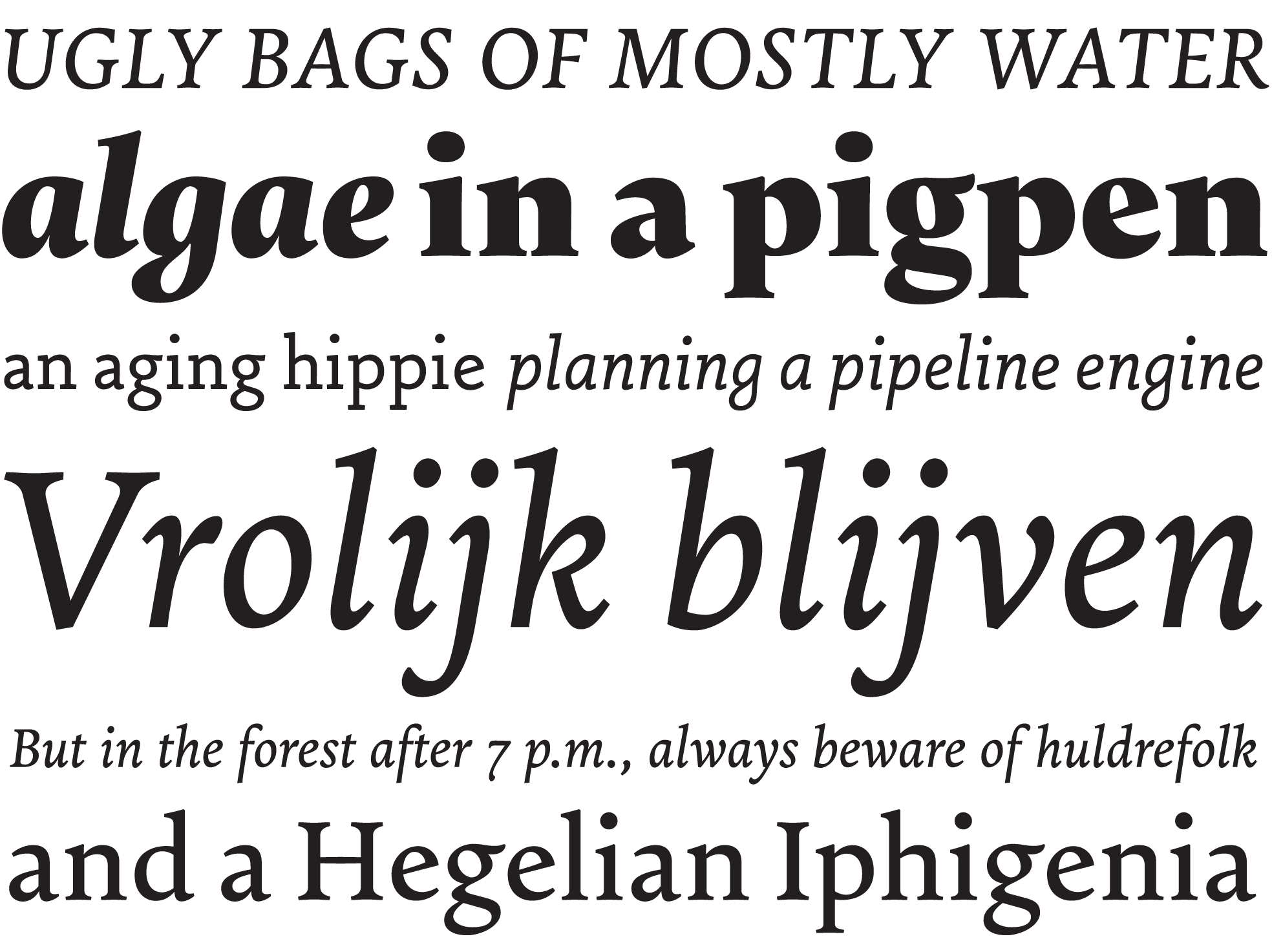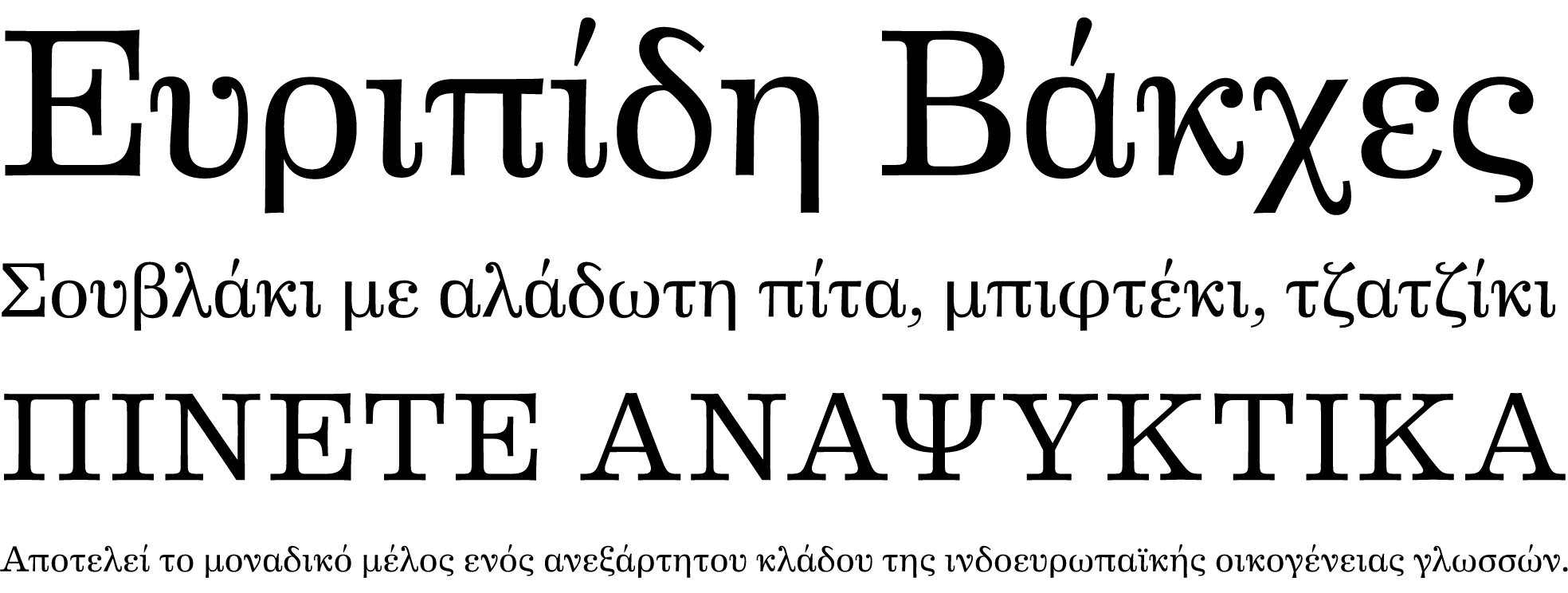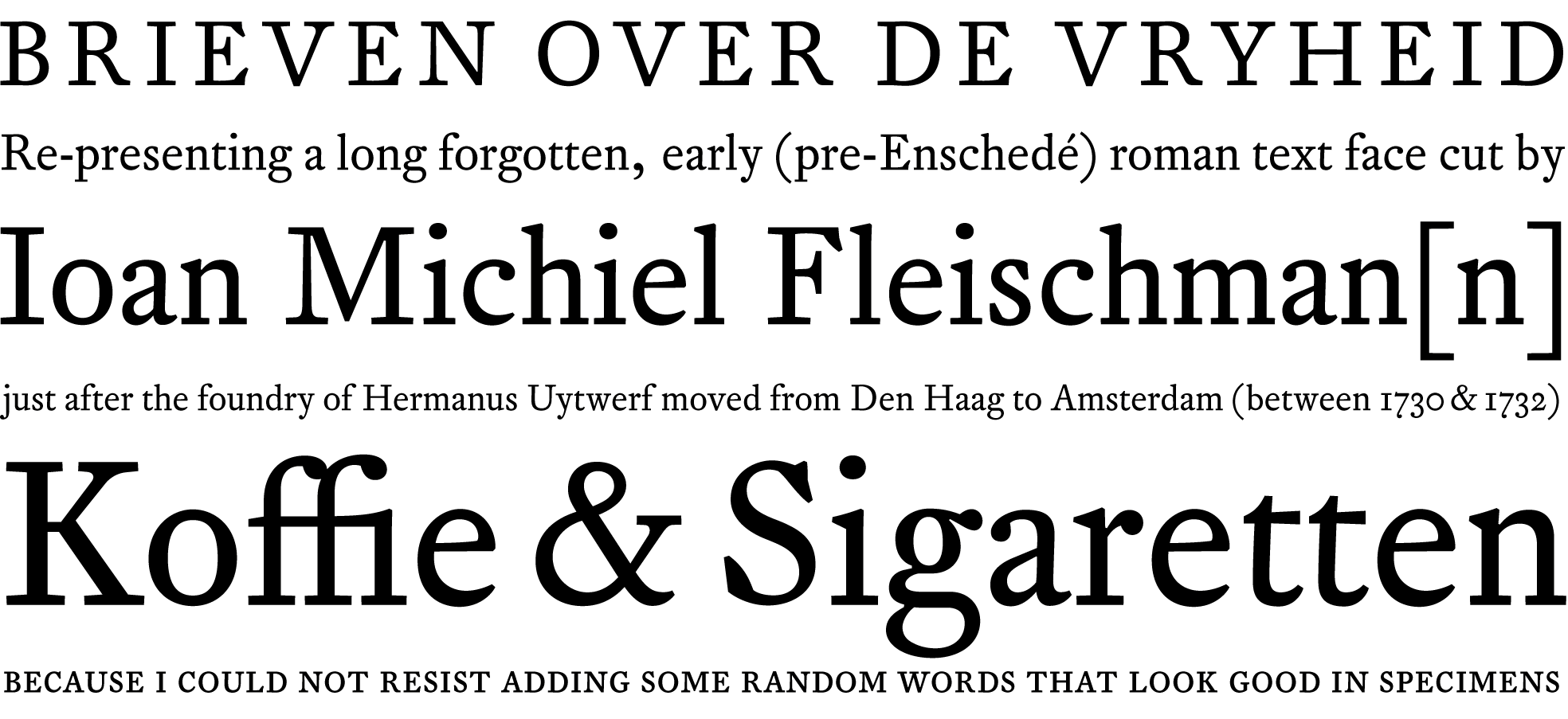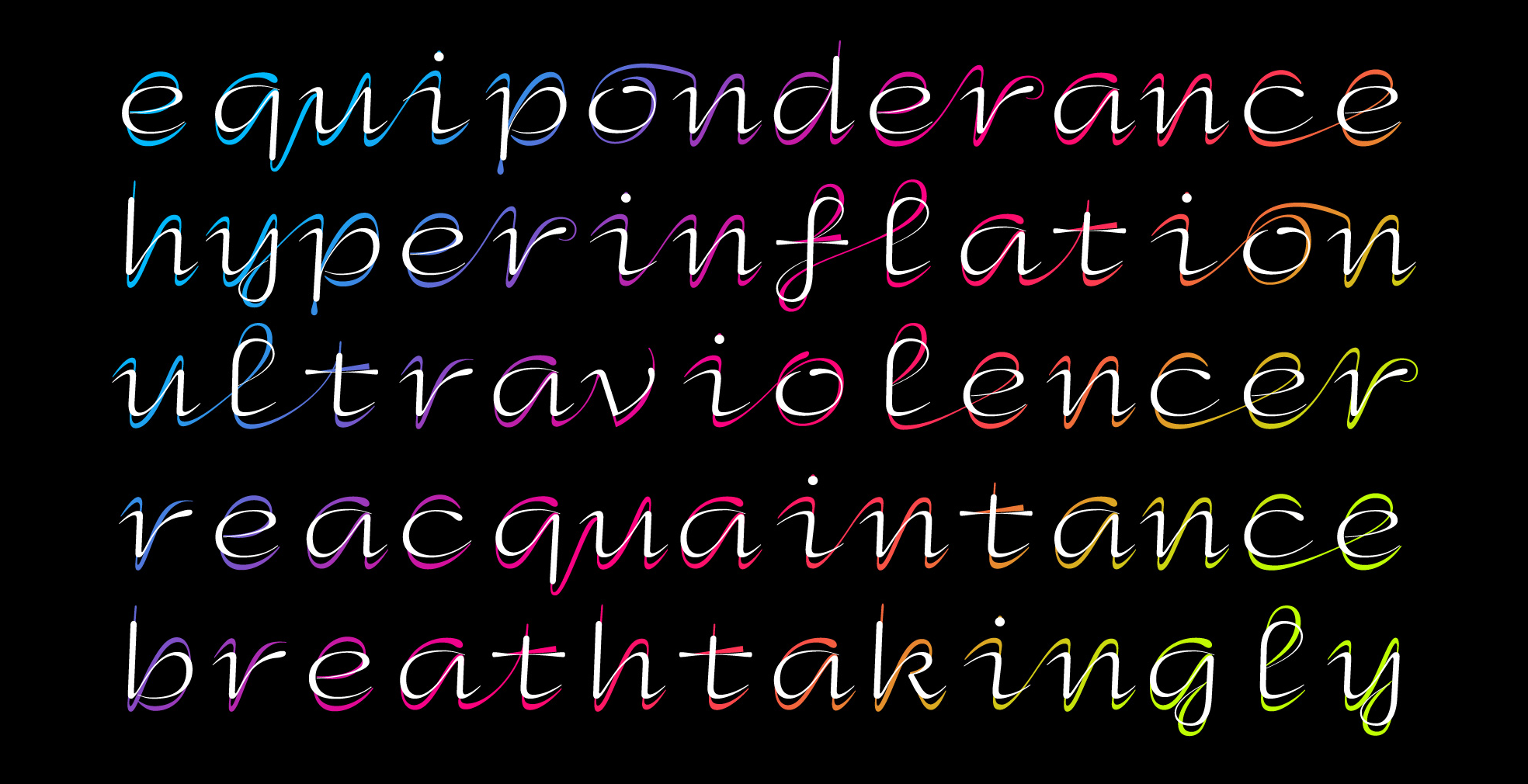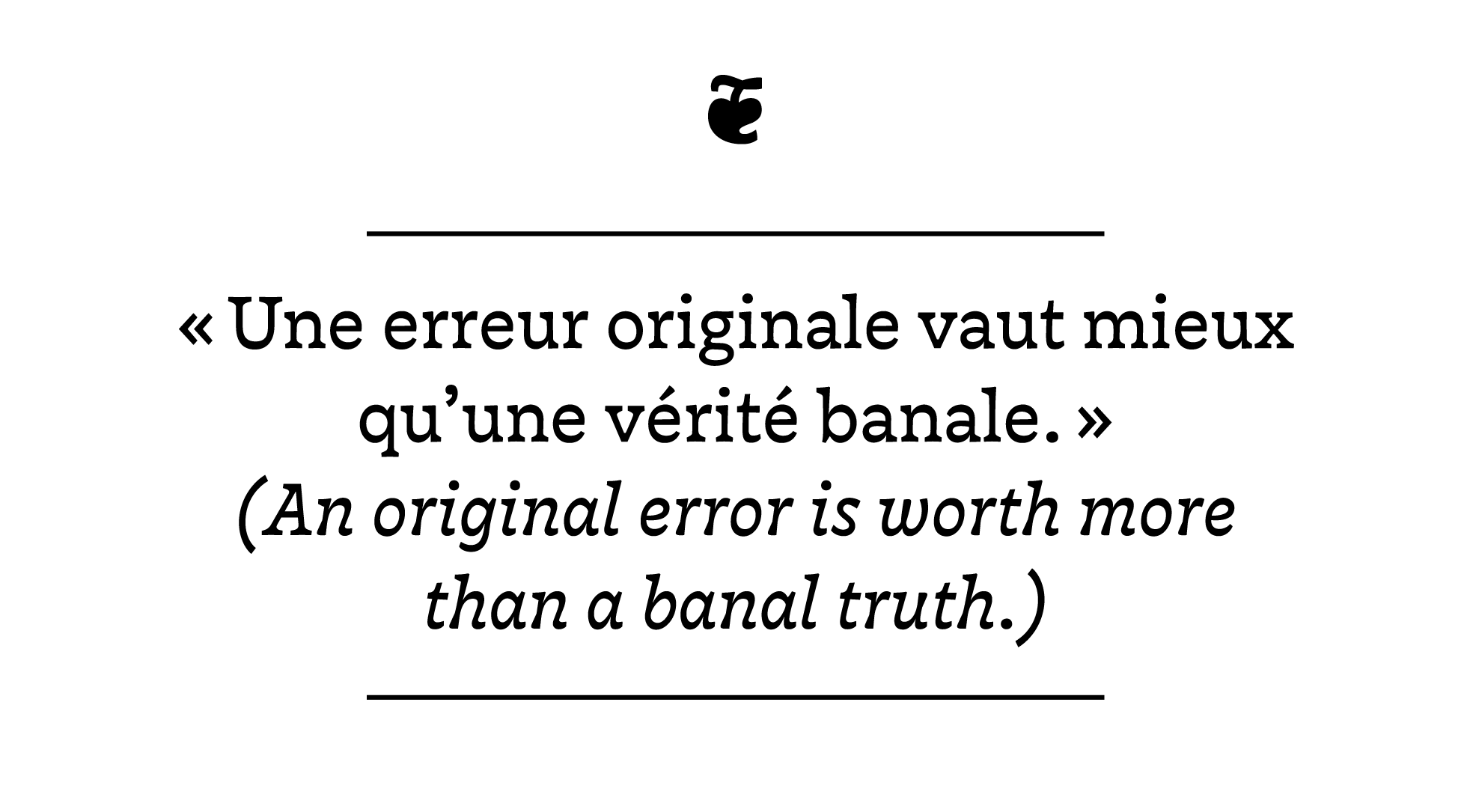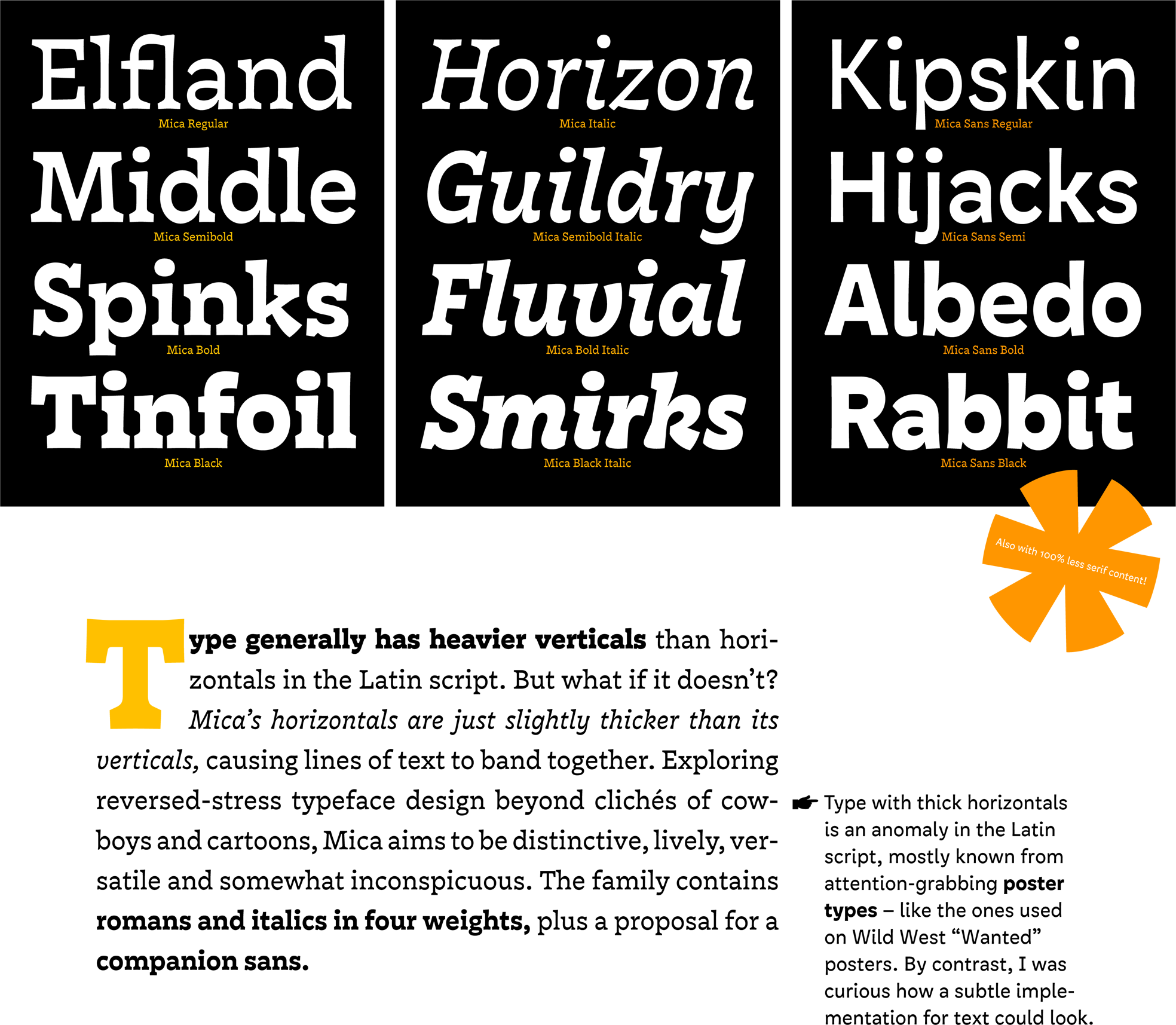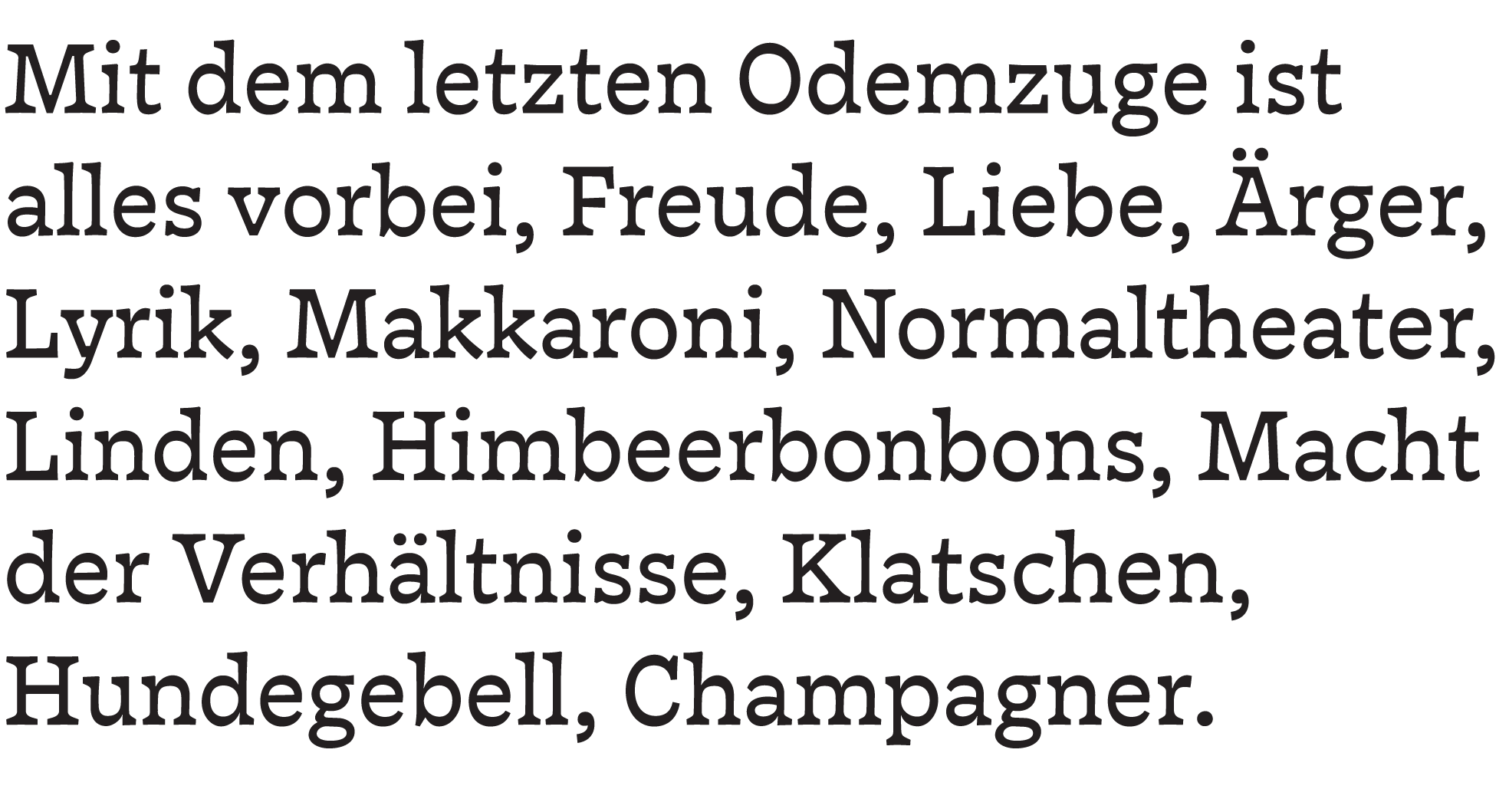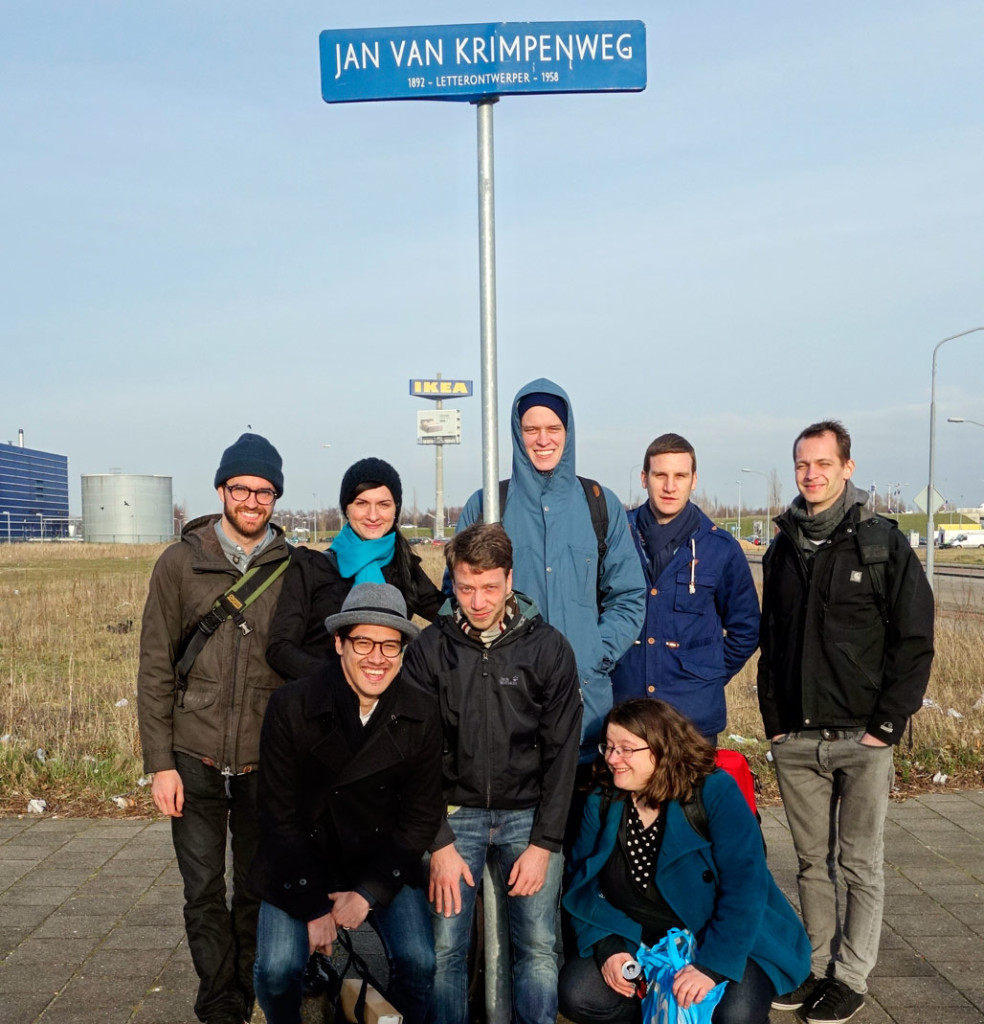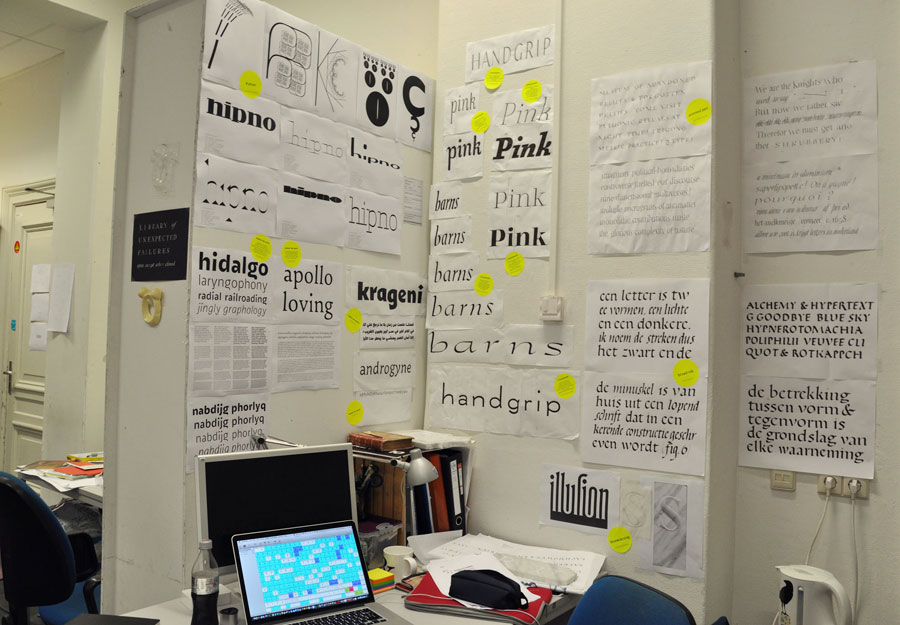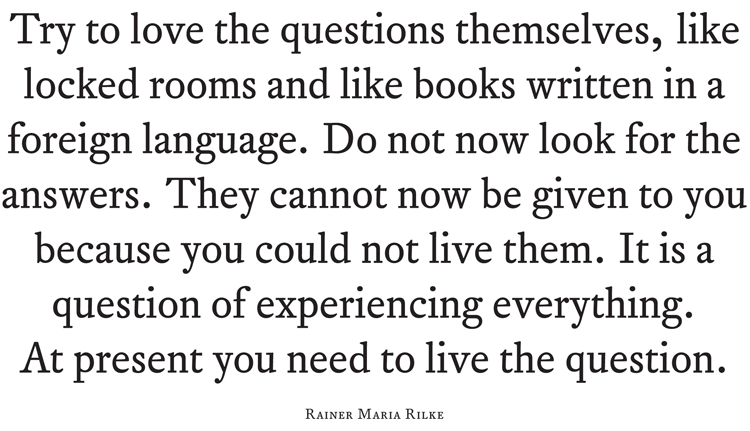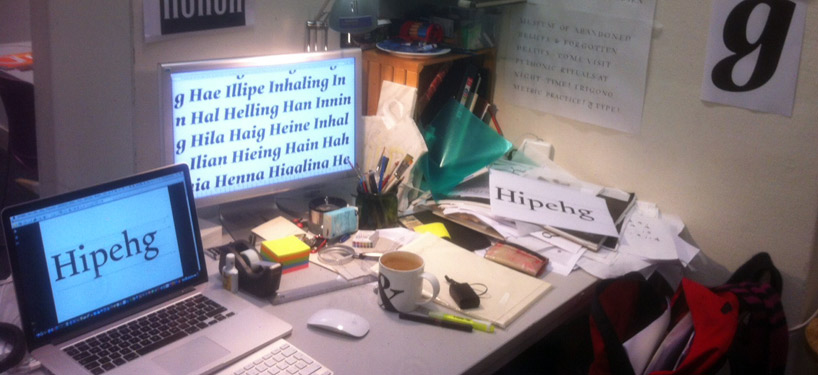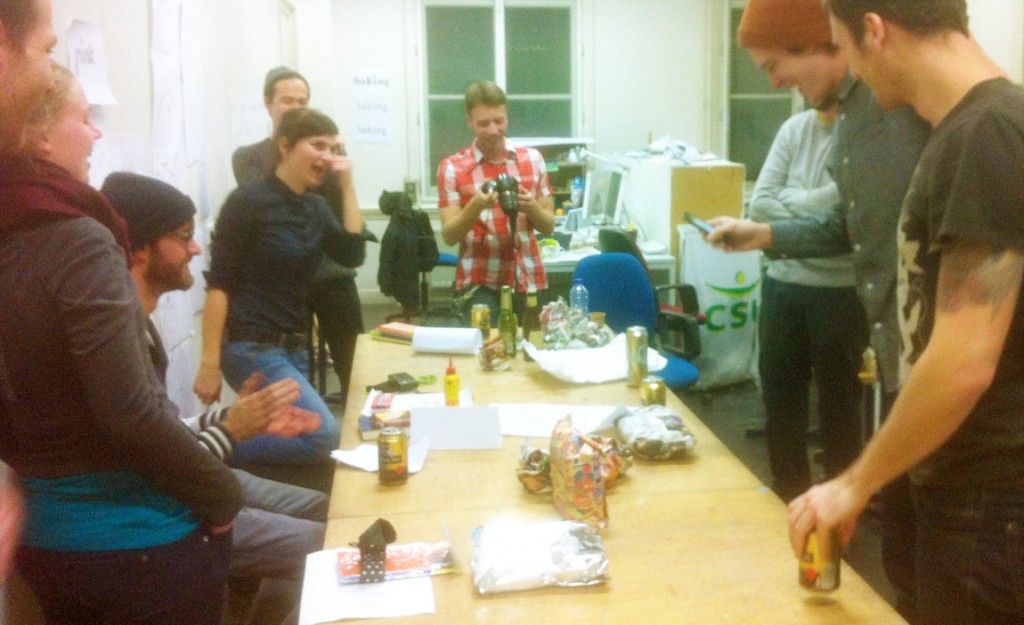Two years ago, I decided to go back to reading books. Like many friends, I was a voracious reader once, then gradually dropped the habit between being Online and being Busy. I missed it though, curling up in bed with a more or less well-designed block of printed paper that doesn’t tell me if I have email, and immersing myself in someone else’s brainspace.
It was a New Year’s resolution that stuck. I read 19 books in 2018; and now after 2019, I feel like a proper reader again, with 46 books read this past year, and a need for a new bookcase too. (I was on track for a book a week at some point but then decided to attack two 1000-page brick-shaped objects—Infinite Jest and Ducks, Newburyport—which took me about a month each.)
So! Here are my Books of 2019, with a few notes. The ones in bold are the ones that spoke to me the most. The dagger † is for nonfiction, double dagger ‡ means German (everything else was read in English).
- Belinda McKeon: Solace
- Bryan Stevenson: Just Mercy†
I found this in a Little Free Library in my neighborhood and am so glad I picked it up—important and impressive, on Stevenson’s work defending wrongfully convicted Death Row inmates. The new movie is powerful too.
- Michelle Obama: Becoming†
- Peter Bichsel: Zur Stadt Paris‡
- Christa Wolf: Nachruf auf Lebende‡
- Chimamanda Ngozi Adichie: Dear Ijeawele, or a Feminist Manifesto in Fifteen Suggestions†
- Sarah Moss: Ghost Wall
Odd and haunting. Couldn’t stop thinking about this for a while.
- Sarah Moss: Night Waking
- Colson Whitehead: The Intuitionist
- Jennifer Egan: Manhattan Beach
I mostly enjoyed this for the precise and well-researched (it seems) descriptions of 1940s Brooklyn. - Sandra Newman: The Heavens
- Tommy Orange: There There
This was great, and illuminating as a new (to me) perspective (young, urban Native). - Margaret Atwood: The Handmaid’s Tale
YES what took me so long! (I so didn’t want this to end that I attempted to watch the series after; but I prefer the book)
- Erling Kagge: Silence in the Age of Noise†
Found this silly and self-important. If it were longer I wouldn’t have finished it. - Valeria Luiselli: Lost Children Archive
Complex and intelligent and important.
- Rachel Kushner: The Mars Room
- Austin Kleon: Keep Going†
- Italo Calvino: Invisible Cities
♥ - Christian Picciolini: White American Youth†
- Tamara Shopsin: Arbitrary Stupid Goal†
- Ray Bradbury: Fahrenheit 451
YES what took me so long (2). I’m not sure why I hadn’t read this yet. I’m so glad I did.
- Roxane Gay: Hunger†
This was as hard for me to read as it was impossible to put down.
- Valeria Luiselli: Tell me How it Ends†
- Kressmann Taylor: Adressat unbekannt‡
- Ocean Vuong: On Earth We’re Briefly Gorgeous
- Rebecca Solnit: A Field Guide to Getting Lost†
- Emma Donoghue: Room
Another book I found on the street and didn’t know what to expect of it and then totally got sucked into it. This is some good storytelling.
- Jerry Kelly & Misha Beletsky: The Noblest Roman†
Look! Something about type! I should do more of these. - Roxane Gay: Difficult Women
- Olivia Laing: The Lonely City†
Not sure the concept of this quite worked for me, but I learned some things about NYC and artists who worked here, most importantly about David Wojnarowicz (whose big retrospective at the Whitney I had missed). - CJ Hauser: Family of Origin
- Sarah Schulman: The Gentrification of the Mind†
A super interesting (angry) perspective on the transformation of NYC starting in the early 1980s, with the AIDS crisis and the onset of gentrification. Quoted in “The Lonely City” above.
- Colson Whitehead: The Nickel Boys
- Toni Morrison: Beloved
- Colin Woodard: American Nations†
A proposal to read the history of the United States as the history of eleven distinct regional cultures. Illuminating and eye-opening in many ways (thanks to Tobias for the recommendation).
- James Baldwin: The Fire Next Time†
- James Baldwin: Another Country
YES what took me so long! (3) What a treat to finally fall into Baldwin. This was incredibly intense.
- David Foster Wallace: Infinite Jest
I want to take a 2- or 3-week vacation and do nothing but reread this book, taking notes and tracing all the bits I’ve missed this time. But wow, man. I like his thinking, and his language.
- Thomas Pynchon: The Crying of Lot 49
Wow ok that was a trip. I get what he’s doing, but I still find it frustrating. I am curious about Gravity’s Rainbow, but after this I’m not sure it’s for me. - Joseph Heller: Catch-22
- Margaret Atwood: The Testaments
- Wolfgang Langhoff: Die Moorsoldaten†‡
Haunting first-person account of early concentration camp life, published in the 1930s!!
- Anna Burns: Milkman
- Anonymous: A Warning†
Yeah that wasn’t really worth it. - Thøger Jensen: Ludwig‡
- Lucy Ellman: Ducks, Newburyport
~1,000-page internal monologue. I get what she’s doing, and it works, but it was too long (surely intended, but still) and I also realized at some point that part of the reason why I read is to get away from the kind of anxious circular thought dump that this consists of.
Lots of great and worthwhile discoveries! That’s about 60% fiction; slightly more books by women—25—than by men; and roughly a third are books by writers of color. There are a few more that got abandoned; I only list books I finish. A dishonorable mention (I guess) goes to Kerouac’s On The Road, which I attempted to read for what must be the fourth or fifth time but it just doesn’t hold my interest, it just seems so bro-y, a story not told for me. Maybe next year. Or not. In any case, here’s to more reading in 2020!
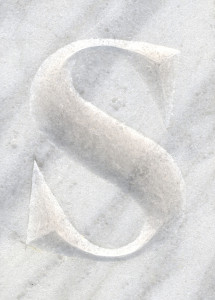
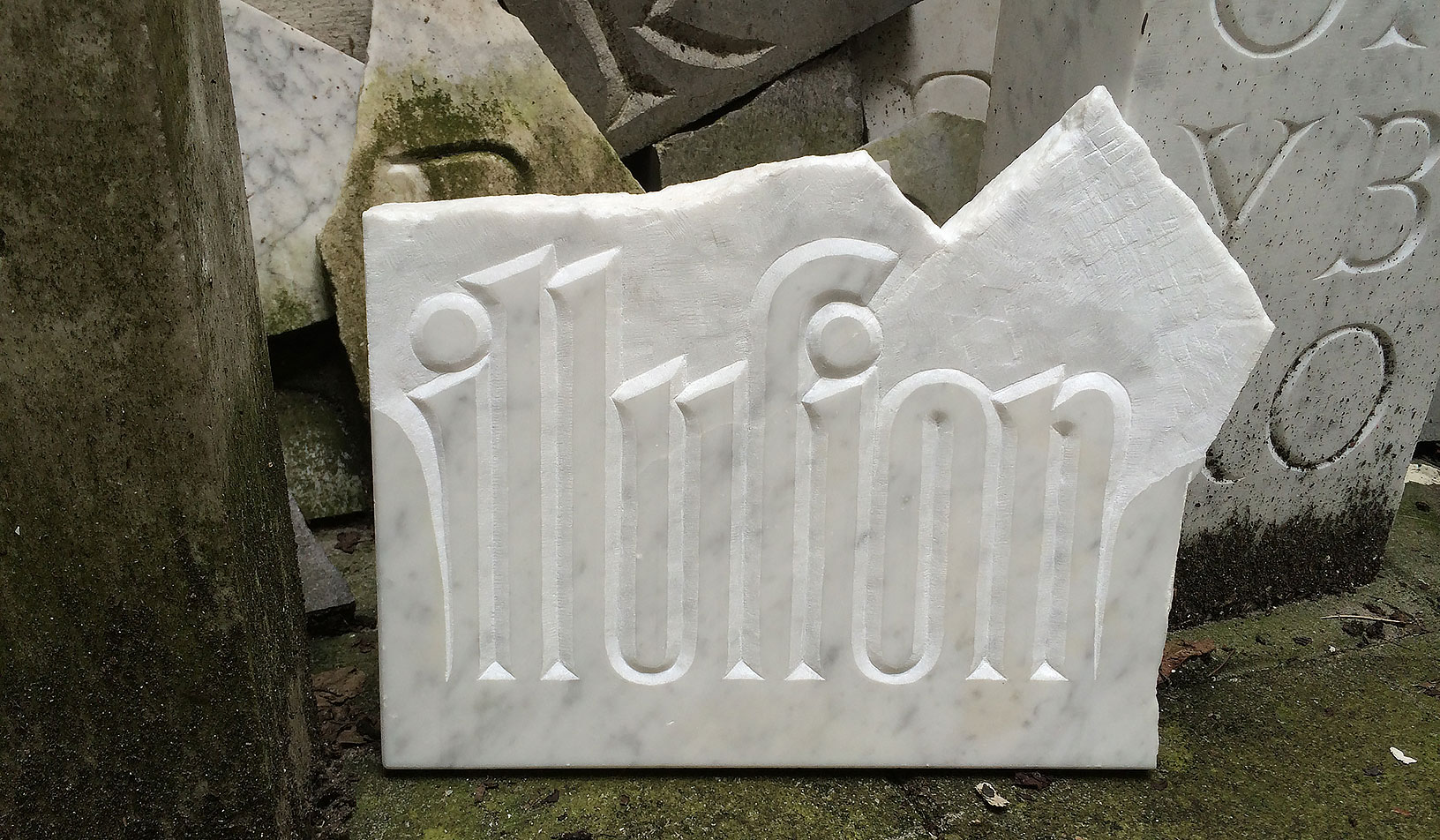
![Carving with t]m 1415](http://blog.ninastoessinger.com/wp-content/uploads/2015/01/IMG_7997.jpg)
